The Kia EV3 emerges as the latest offering from the South Korean brand in the growing segment of compact electric SUVs. Launched in 2024, this vehicle is positioned below its larger siblings EV5, EV6, and EV9, promising to combine modern style, advanced technology, and crucially, a class-leading range at a competitive price.
Kia EV3: The Compact Electric SUV Has Arrived
Designed to capture both the European and eventually the American markets, the EV3 represents Kia’s entry into a more accessible segment of electric vehicles. It utilizes a modified version of the E-GMP platform (adopting a 400V architecture to optimize cost and trunk space), focusing on front-wheel drive and a comfortable, efficient driving experience.
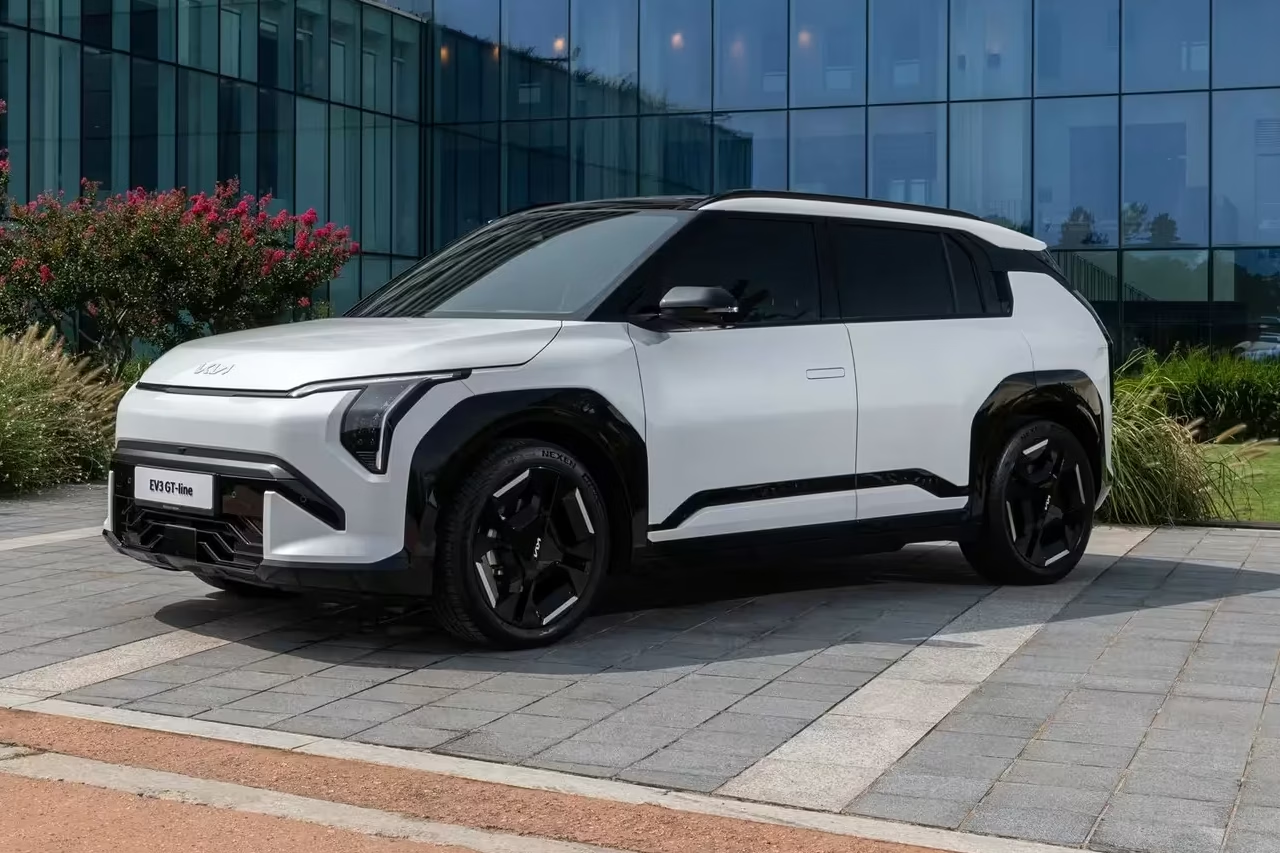
With a design inspired by the acclaimed EV9, the EV3 features straight and robust lines, an imposing front with the “Digital Tiger Face” lighting signature, and vertical LED headlights. The focus on aerodynamics results in a drag coefficient (Cd) of just 0.26, contributing to its remarkable range. It is a clear proposition for those seeking a practical, stylish electric vehicle with good daily driving and travel range.
Detailed Specifications of the Kia EV3
The specifications of the Kia EV3 reveal a well-equipped vehicle designed for modern drivers’ needs. From its efficient powertrain to versatile battery options, as well as its practical dimensions and charging technology, the EV3 presents solid numbers.
Understanding these specifications is crucial for evaluating whether the EV3 meets your needs by allowing you to directly compare it with other available electric models on the market today.
Powertrain and Performance
At the heart of the EV3 is a front-mounted electric motor, simplifying construction and maximizing interior space. This motor delivers a power output of 150 kW, equivalent to 201 horsepower (hp), and a torque of 283 Nm (209 lb-ft). This configuration ensures quick response in urban traffic and sufficient capability for highways.
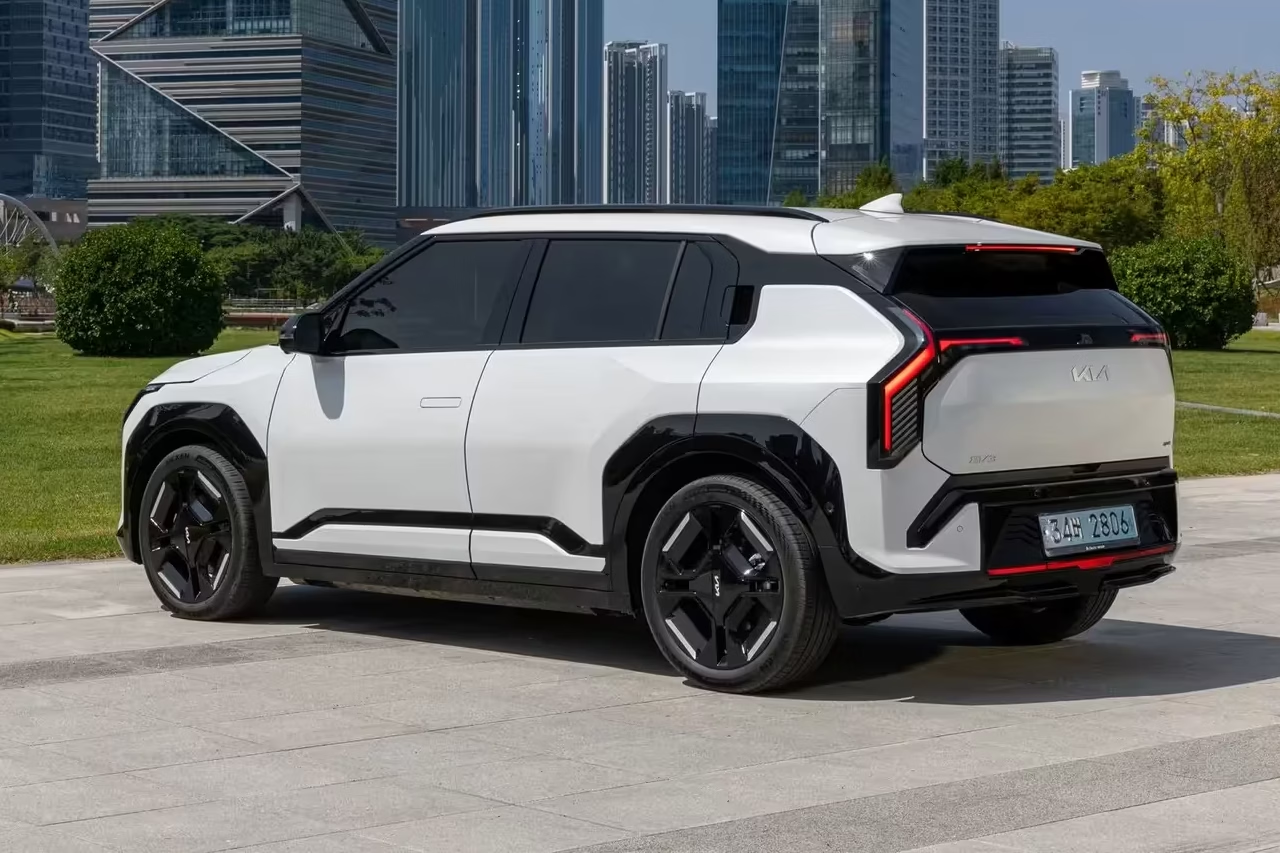
The acceleration from 0 to 62 mph (0-100 km/h) varies slightly depending on the battery: 7.5 seconds for the Standard Range version and 7.7 seconds for the Long Range version. While not the fastest in its class, it offers adequate and linear performance. The top speed is electronically limited to 105 mph (170 km/h), sufficient for most driving conditions.
Battery Options and WLTP Range
Kia offers two battery options for the EV3, allowing buyers to choose the ideal balance between price and range. The Standard Range version comes equipped with a 58.3 kWh battery, providing an estimated range of up to 270 miles (435 km) in the WLTP cycle. This option is perfect for those predominantly using the car in the city or for shorter daily commutes.
For those needing greater range, the Long Range version features a generous 81.4 kWh battery. This variant boosts the estimated range to an impressive 375 miles (605 km) in the WLTP cycle, placing the EV3 among the best in its class in this regard. It’s important to note that real-world range may vary based on driving conditions, climate, and driving style.
Table: Battery Comparison
| Specification | Standard Range | Long Range |
|---|---|---|
| Battery Capacity | 58.3 kWh | 81.4 kWh |
| WLTP Range | ~270 miles / ~435 km | ~375 miles / ~605 km |
| 0-62 mph | 7.5 sec | 7.7 sec |
| Max DC Power | 101 kW | 128 kW |
| WLTP Consumption | ~15.8 kWh/100 km | ~14.9 kWh/100 km |
Charging: Fast and Versatile
The EV3’s charging system is designed to offer flexibility. On alternating current (AC), such as at home wall boxes or public stations, it supports up to 11 kW. This allows for a full charge overnight or while parked for a few hours.
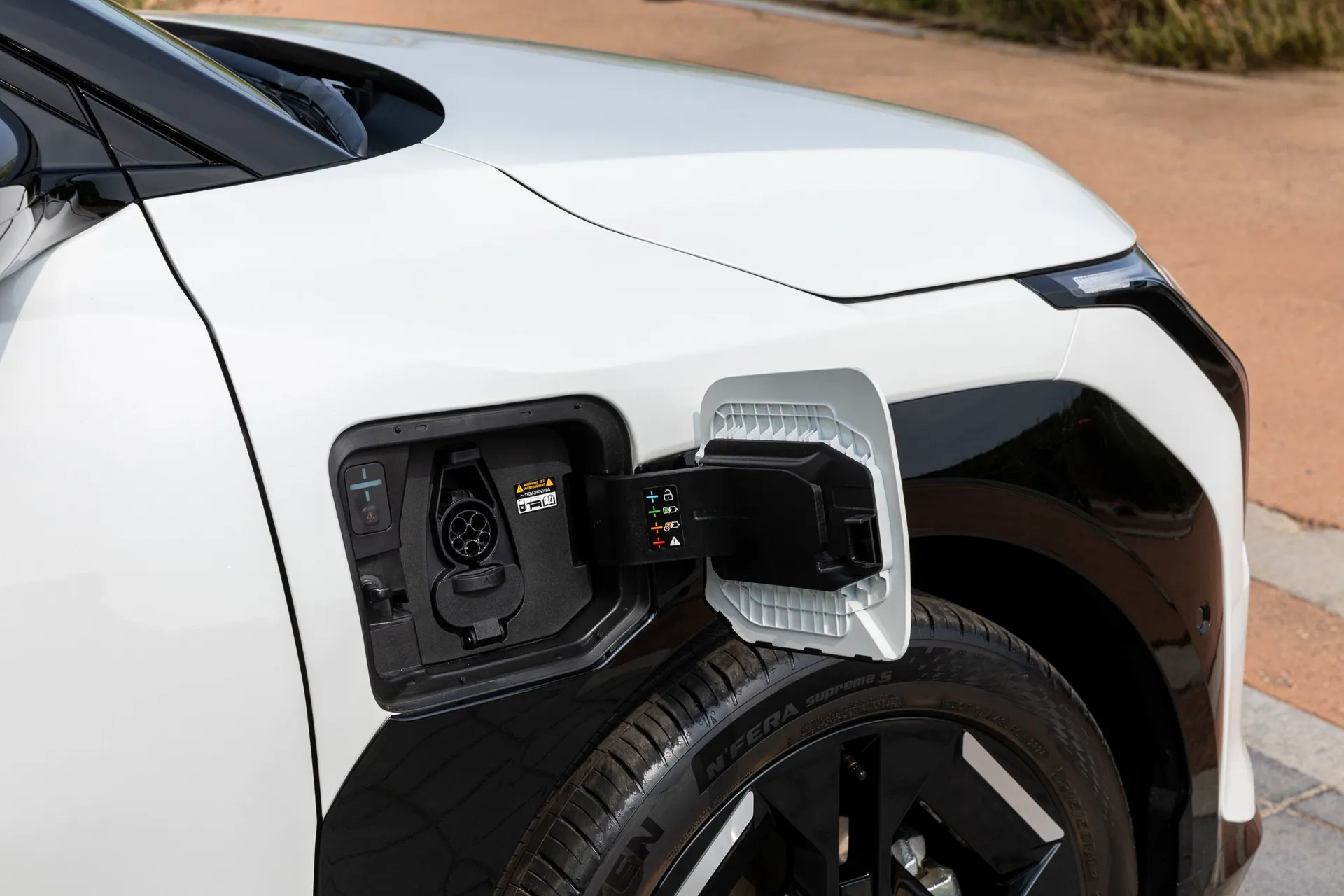
For longer trips, fast charging on direct current (DC) is essential. The Long Range version accepts up to 128 kW, while the Standard Range reaches 101 kW. Using a fast charger (150 kW or greater), Kia estimates that it is possible to charge the battery from 10% to 80% in approximately 29 to 31 minutes. Although the maximum charge power isn’t the highest on the market (some competitors exceed 150 kW), the charging time is competitive.
A notable highlight is the inclusion of Vehicle-to-Load (V2L) technology. This feature allows the EV3 to supply energy from its battery to power external devices, such as laptops, camping equipment, or even other electric vehicles, making it a useful mobile power source in various situations.
Dimensions and Interior Space
With a length of 14.1 feet (4.30 meters), a width of 6.1 feet (1.85 meters), and a height of 5.2 feet (1.57 meters), the Kia EV3 fits perfectly into the subcompact SUV segment. Its external dimensions make it agile for urban driving and easy to park.
Despite its modest exterior size, the interior is surprisingly spacious, benefiting from the dedicated electric vehicle platform. It accommodates five passengers with ample head and legroom. The trunk has a generous capacity of about 16.2 cubic feet (460 liters), complemented by an adjustable floor with two heights and a small front storage compartment (known as “frunk”) of 0.9 cubic feet (25 liters), ideal for storing charging cables.
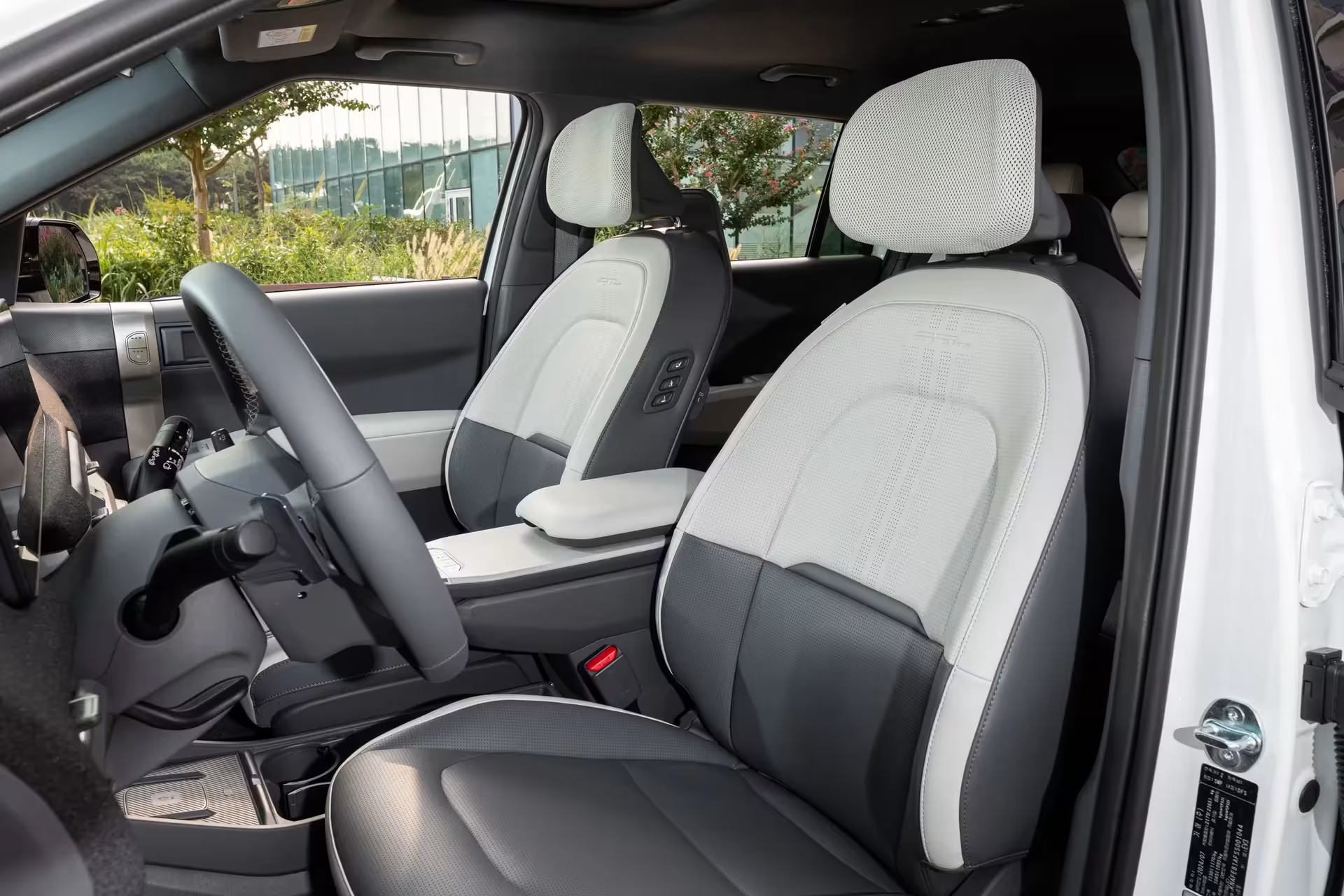
List: Essential Dimensions
- Length: 14.1 ft (4,300 mm)
- Width: 6.1 ft (1,850 mm)
- Height: 5.2 ft (1,570 mm)
- Trunk (Cargo Space): 16.2 cubic feet (460 L)
- Frunk (Front Storage): 0.9 cubic feet (25 L)
- Weight (Long Range): ~4,149 lbs (~1,885 kg)
Estimated Price of the Kia EV3 in Europe and the US
One of the most attractive points of the Kia EV3 is its pricing strategy. Kia positions it to be competitive not only against other electric vehicles but also against compact combustion SUVs. The exact prices vary based on the market and trim level.
In Europe, specifically in the UK, prices start at approximately £32,995 (around $39,000 at current exchange rates, subject to fluctuations and local taxes) for the entry-level “Air” version with a Standard Range battery. The Long Range version is expected to start around £35,995 ($42,500). These figures place it advantageously against rivals such as the Volvo EX30 and the Renault Scenic E-Tech.
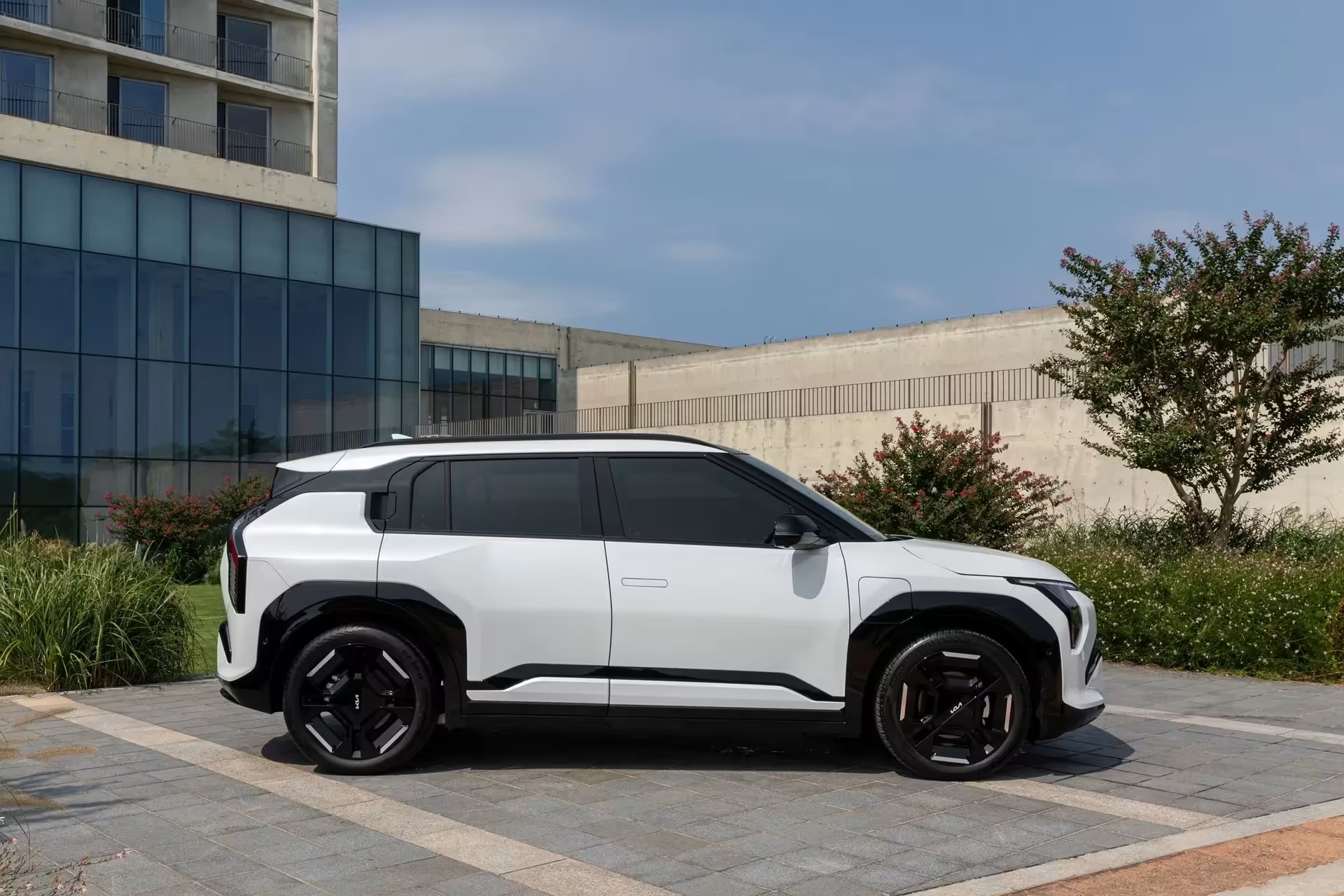
For the US market, where the launch is expected in 2026, prices have not yet been officially announced. However, industry estimates suggest a range between $35,000 and $50,000, depending on the version and options. Kia clearly aims to make the EV3 an accessible electric vehicle option for a broad audience.
Realistic Range: What to Expect from the EV3
The range announced for the WLTP (Worldwide Harmonised Light Vehicle Test Procedure) cycle is a helpful standard for comparing vehicles, but real-world range can differ. Factors such as speed, type of route (city vs. highway), use of air conditioning/heating, outside temperature, and individual driving style significantly influence how many miles one can travel on a charge.
Based on WLTP data and reported energy efficiency (between 14.9 and 15.8 kWh/100 km), we can estimate a more conservative real-world range. For the Long Range version (81.4 kWh), it is reasonable to expect a range between 250 miles (400 km) and 320 miles (515 km) under mixed conditions, depending on the mentioned factors. The Standard Range version (58.3 kWh) should offer a real-world range between 185 miles (300 km) and 235 miles (380 km).
These numbers position the EV3, especially the Long Range version, as a very viable option for those who occasionally take longer trips, reducing range anxiety. The i-Pedal 3.0 system, featuring adjustable regenerative braking levels through paddles on the steering wheel, also helps maximize efficiency and recover energy during driving.
Design and Technology: Modern and Sustainable
The EV3 impresses not only with its specifications, price, and range but also with its exterior design. The robust stance and modern details capture attention. The color palette includes vibrant options such as Aventurine Green and Frost Blue, alongside more subdued tones.
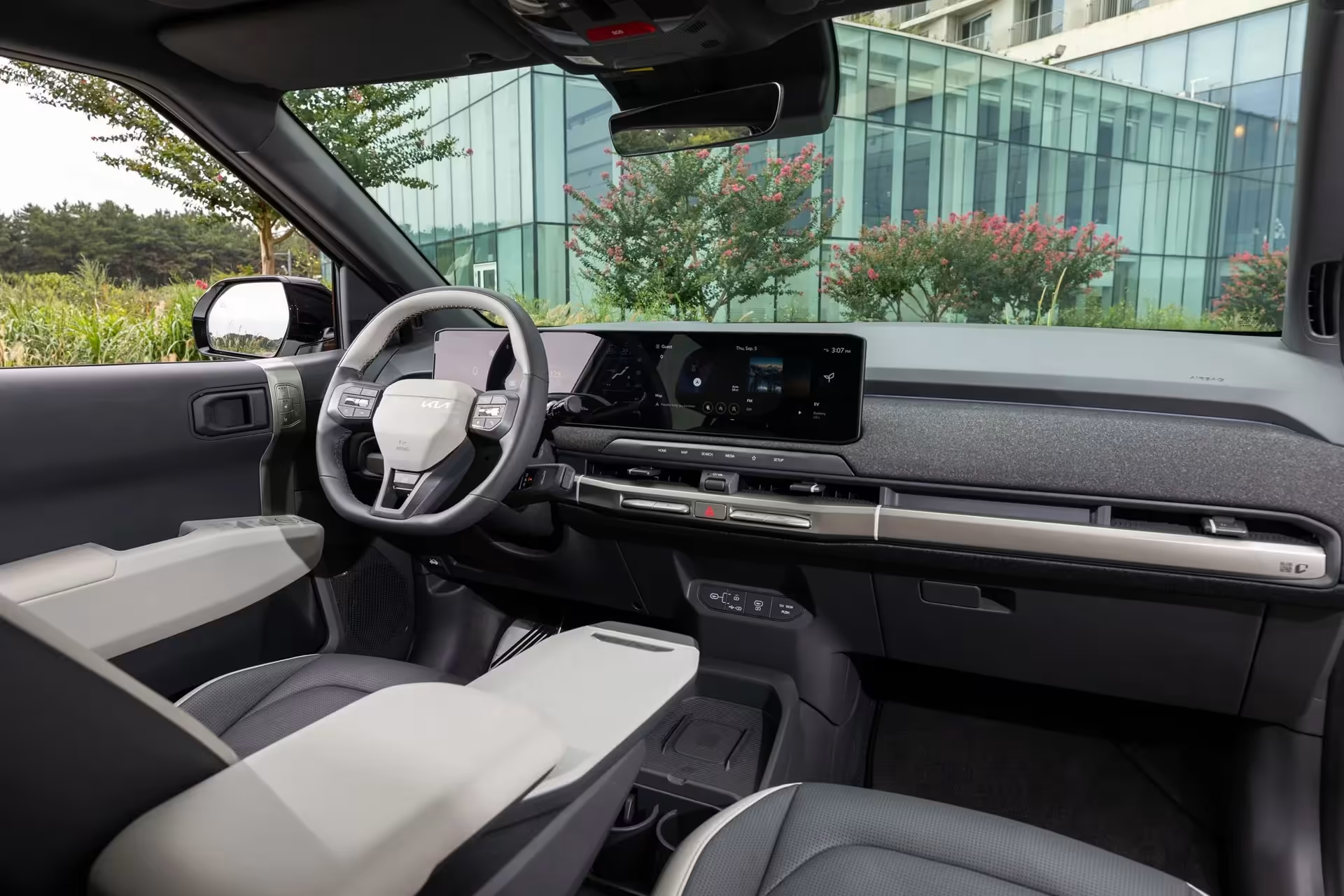
Inside, Kia has created a minimalist, tech-savvy, and sustainable environment. The highlights include a panoramic panel that integrates three screens: a 12.3-inch digital cluster for the driver, a 5-inch touchscreen for climate control, and a central 12.3-inch infotainment display. The sliding center console and front seats with “relax mode” enhance versatility and comfort. Extensive use of recycled materials (PET) and bio-materials (such as the optional “unleather”) reinforces its commitment to sustainability.
Technological Highlights
- Kia AI Assistant (voice)
- Kia Connect (7 years free)
- Over-the-Air (OTA) updates
- Kia Connect Store (apps)
- i-Pedal 3.0 (adjustable regen)
- 12″ Head-Up Display (HUD)
- Digital Key 2.0 (smartphone)
Safety and Direct Competitors of the EV3
Safety is a priority, with the EV3 including a comprehensive suite of Advanced Driver Assistance Systems (ADAS). These include Front Collision Avoidance Assist (for city, pedestrians, cyclists, and intersections), Highway Driving Assist (semi-autonomous), and Electric Torque Vectoring Control (eDTVC) for enhanced stability.
Features like the Intelligent Parking Remote Assistant, Digital Key 2.0 (which allows using a smartphone as a key), and standard parking sensors (with a 360° camera in higher trims) facilitate everyday life. The EV3 enters a competitive market, facing established and new rivals.
Main Rivals in the Market
- Hyundai Kona Electric
- Volvo EX30
- Volkswagen ID.3 / ID.4 (base)
- Renault Scenic E-Tech
- Smart #3
- Jeep Avenger Electric
- Peugeot E-2008 / E-3008 (base)
Pros and Cons: An Honest Assessment of the EV3
Like any vehicle, the Kia EV3 has its strengths and a few areas where it could improve. On the positive side, it boasts class-leading range (especially in the Long Range version), a competitive price that makes it accessible, a spacious interior built with sustainable materials, and Kia’s generous warranty (7 years in Europe).

On the downside, the maximum DC charging speed (128 kW) falls behind some direct competitors that utilize 800V architectures or offer higher power. The absence (at least at launch) of an all-wheel drive (AWD) option may be a downside for some buyers in regions with harsher climates. Additionally, while sustainable, synthetic leather may not appeal to everyone looking for more traditional premium materials.
Frequently Asked Questions about the Kia EV3
- What is the real-world range of the Kia EV3 Long Range? A realistic range of 250 to 320 miles (400 to 515 km) is expected, depending on driving conditions, climate, and other factors. The official WLTP range is 375 miles (605 km).
- How much does the Kia EV3 cost? In Europe, prices start at around $39,000 (£32,995 in the UK) for the Standard Range version. In the US, estimates are between $35,000 and $50,000, with a launch expected in 2026.
- Does the Kia EV3 support fast charging? Yes, it supports DC fast charging up to 101 kW (Standard Range) or 128 kW (Long Range), allowing for a charge from 10% to 80% in about 30 minutes on a compatible charger.
- Who are the main competitors of the Kia EV3? Its main rivals include the Hyundai Kona Electric, Volvo EX30, VW ID.3, Renault Scenic E-Tech, and Smart #3.
- Does the EV3 feature V2L (Vehicle-to-Load)? Yes, the Kia EV3 is one of the first compact electric SUVs to offer V2L, allowing it to power external devices with the car’s battery energy.
The Kia EV3 presents itself as an extremely strong proposition in the compact electric SUV market, combining excellent range, an attractive price, and a modern technological and design package. Consider comparing its specifications and prices with direct competitors to make the best decision for your needs.


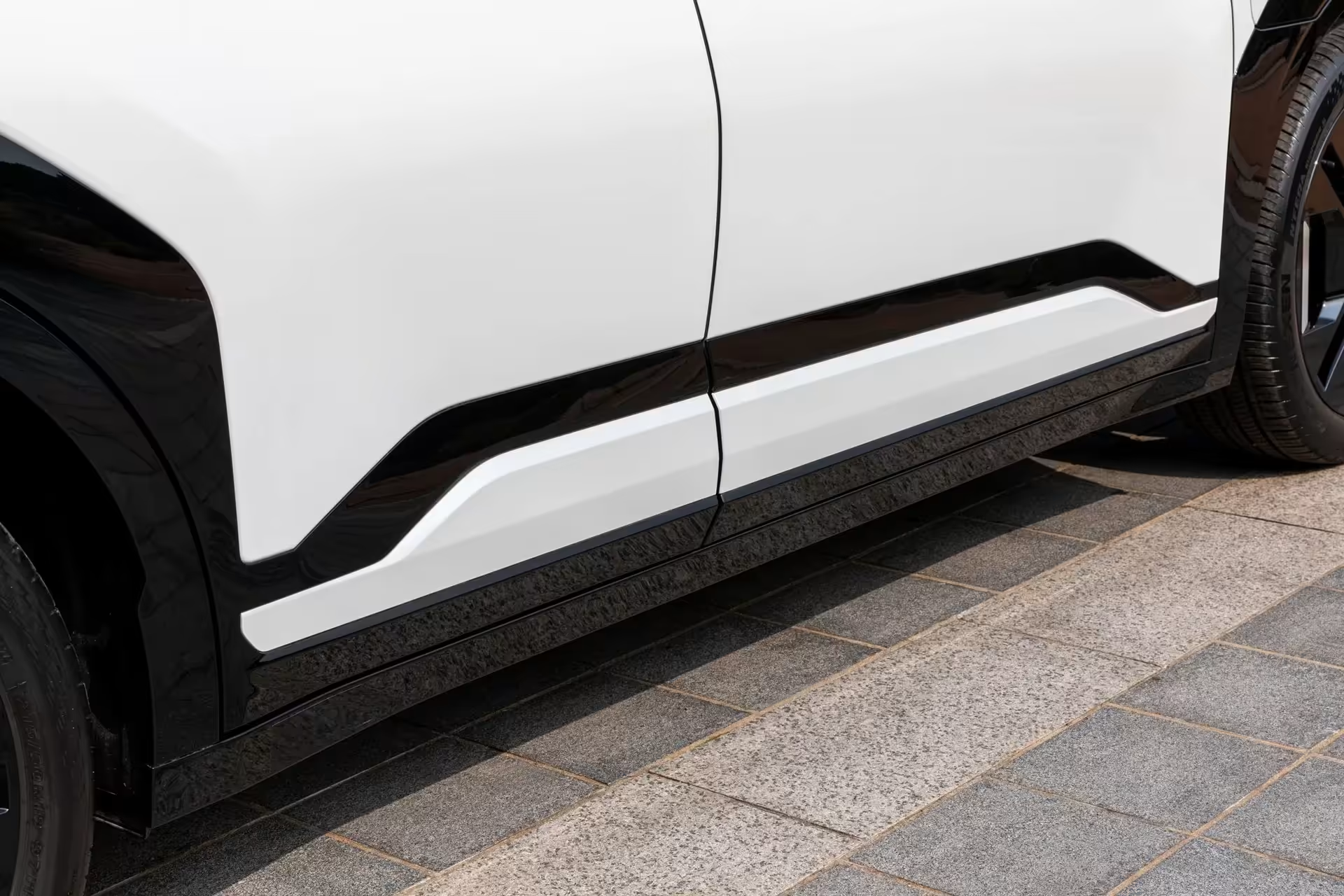
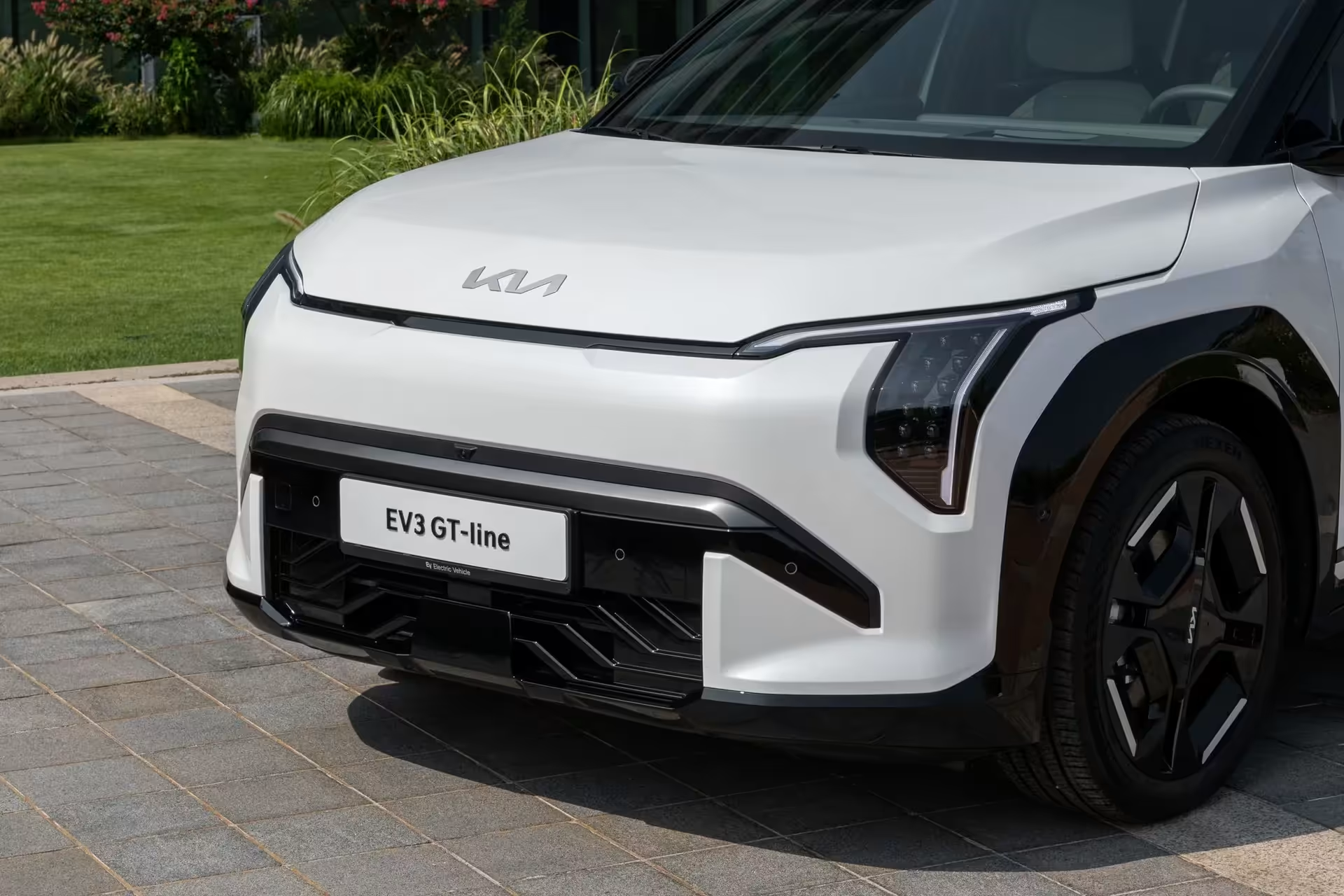
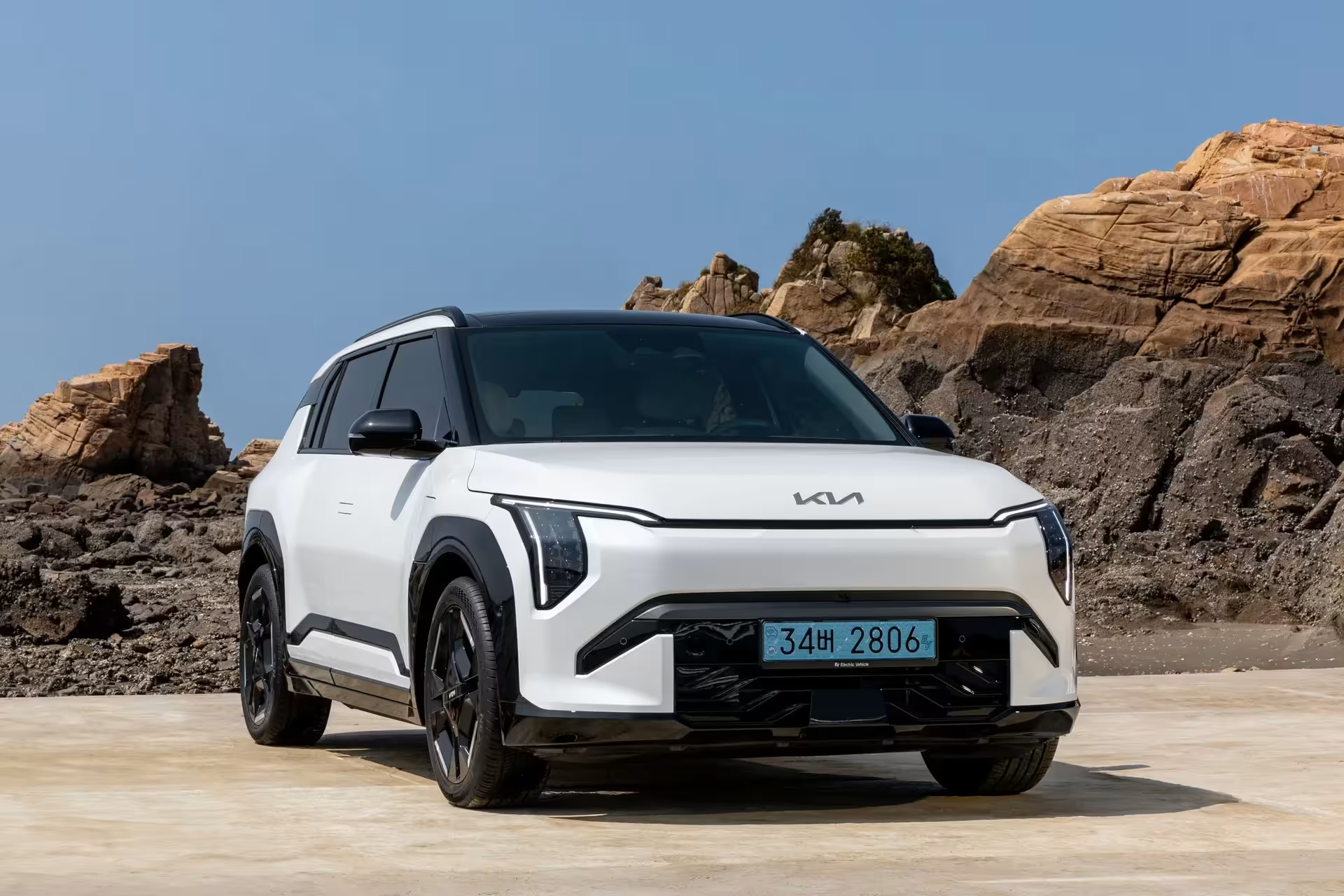


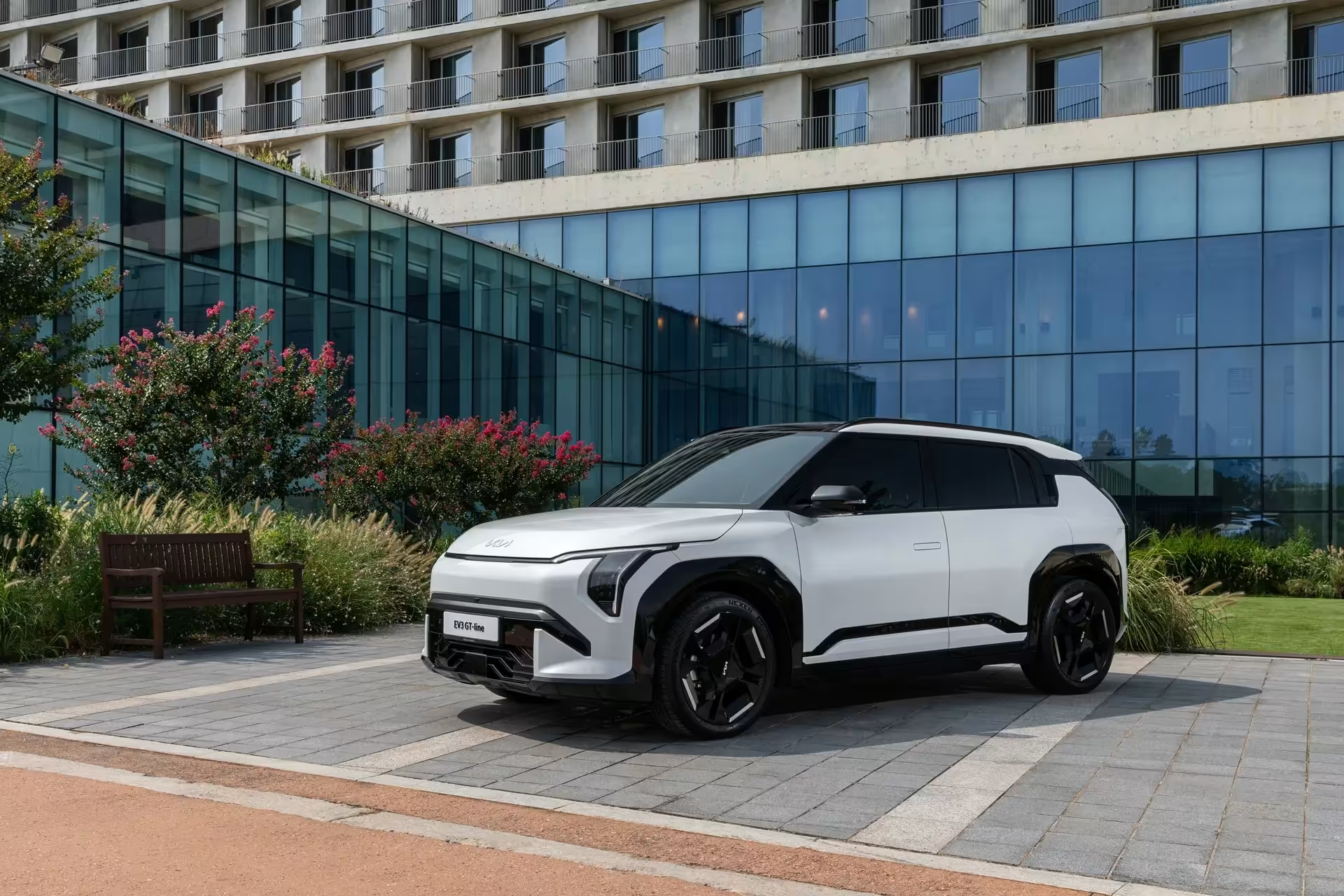
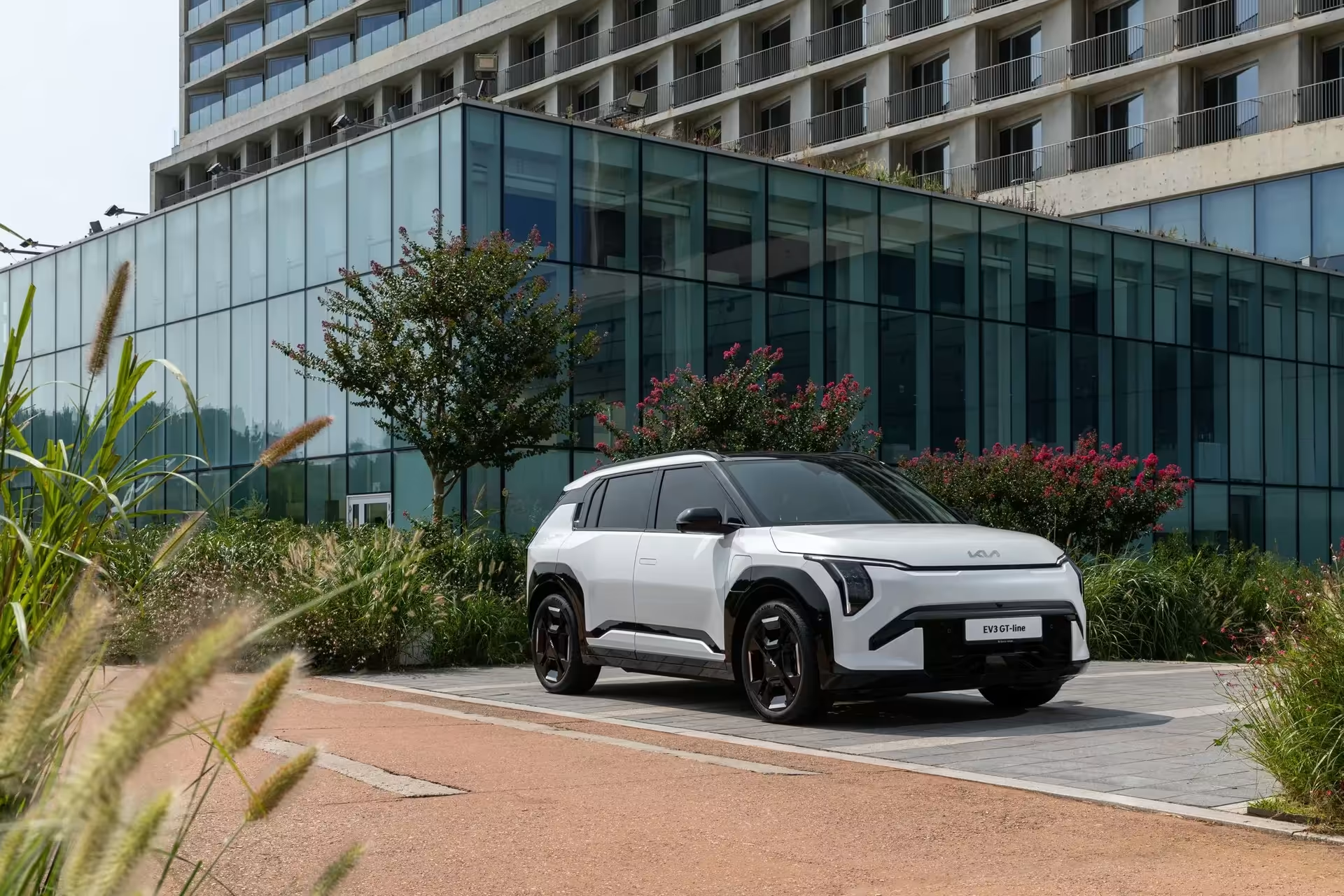
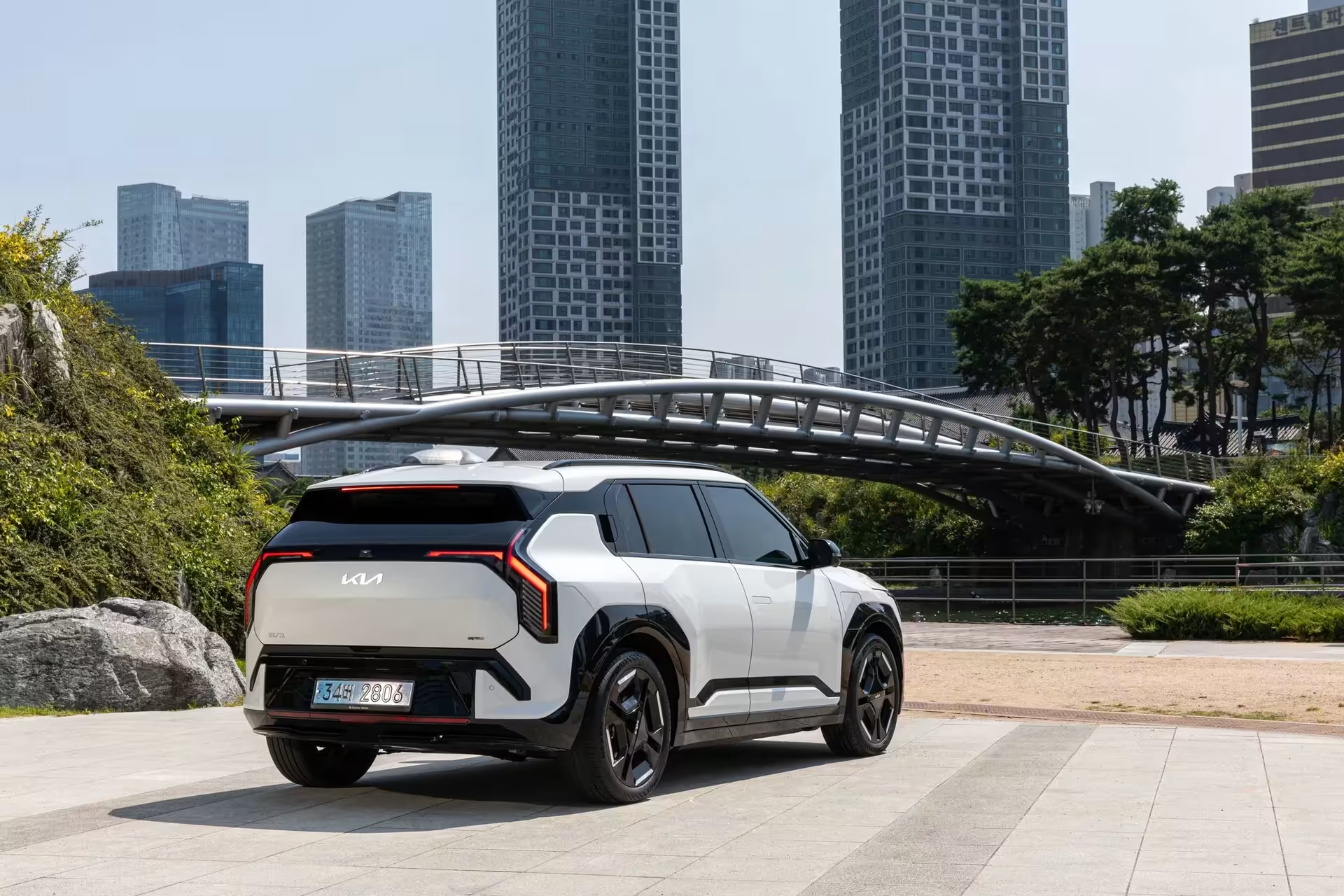
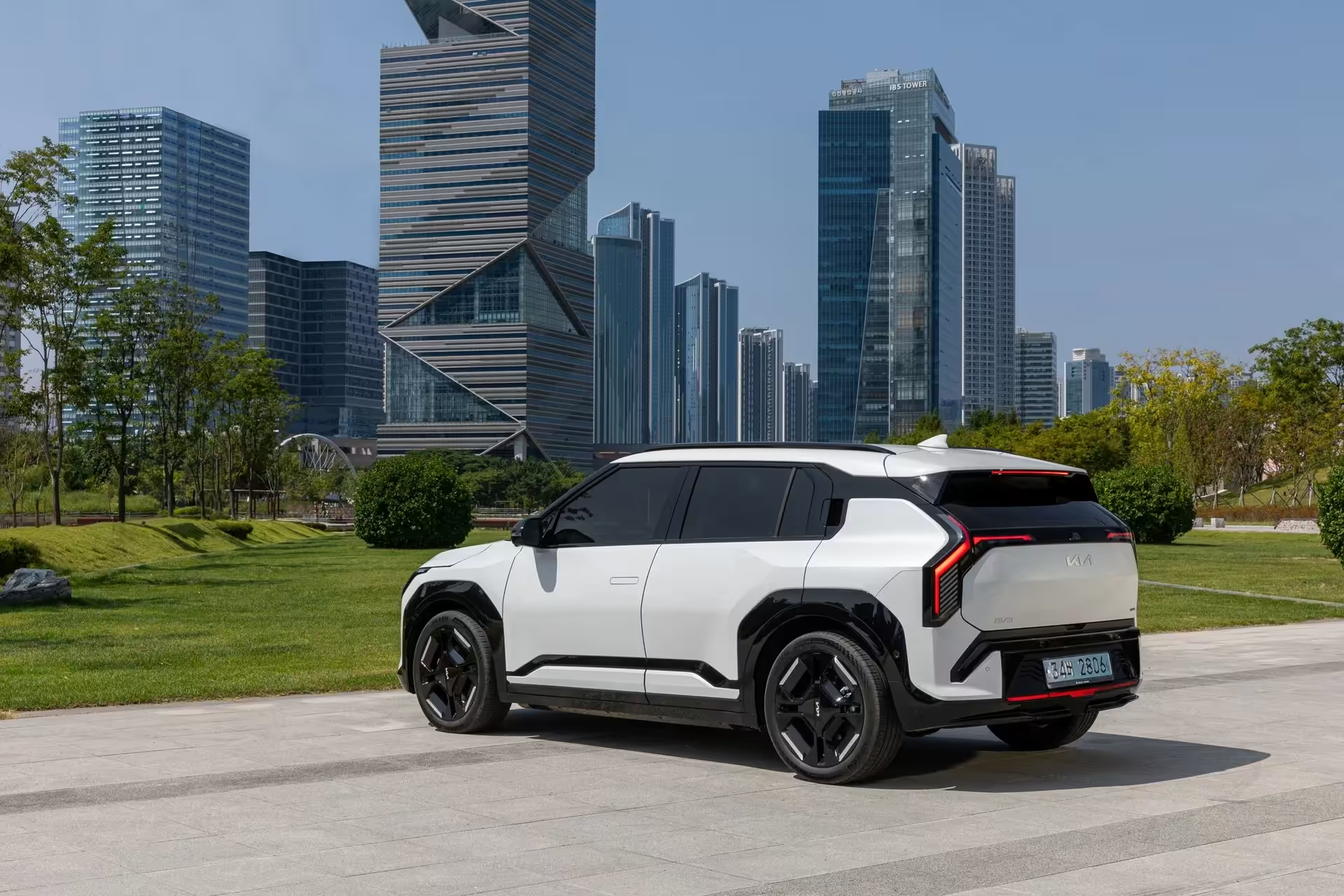
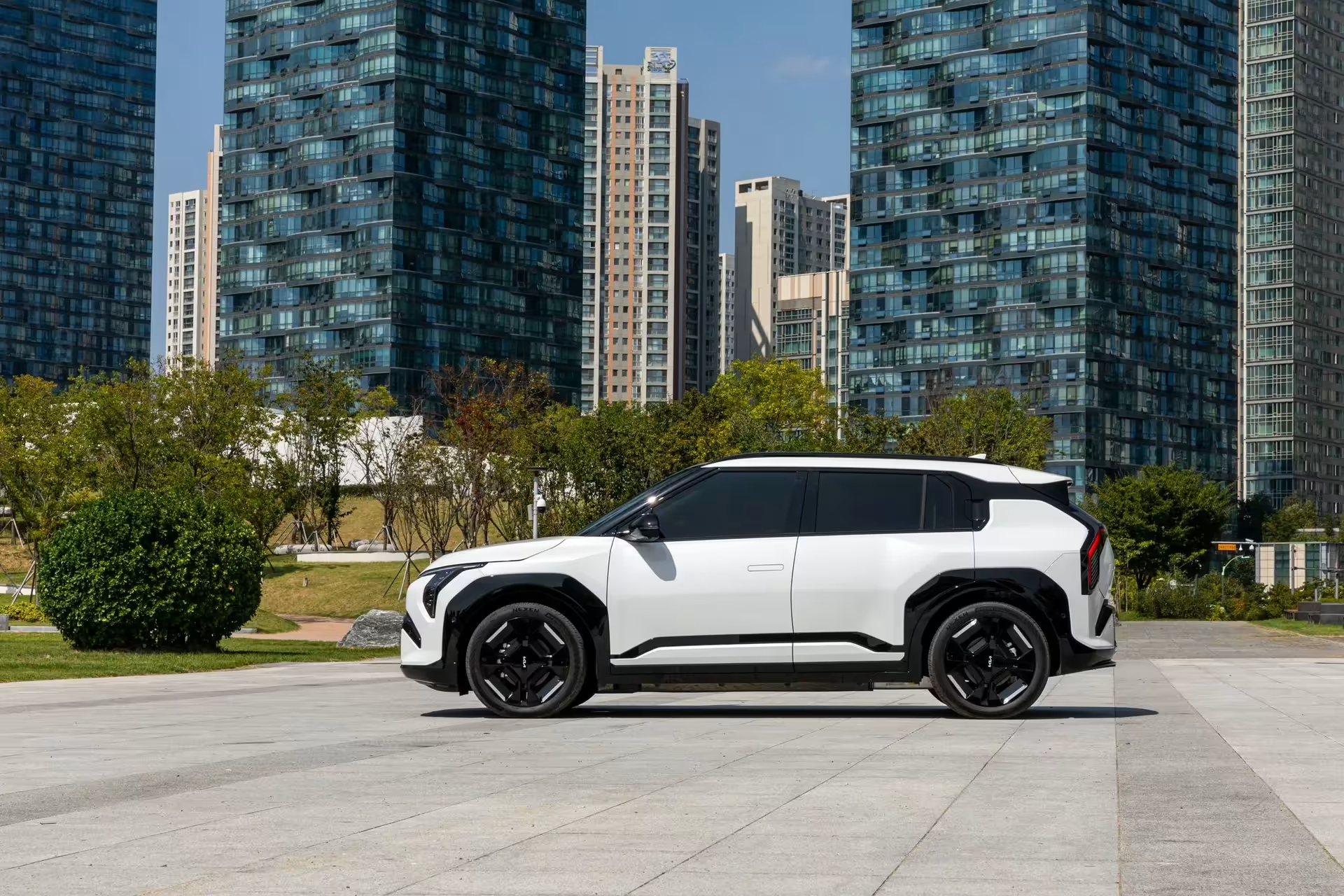
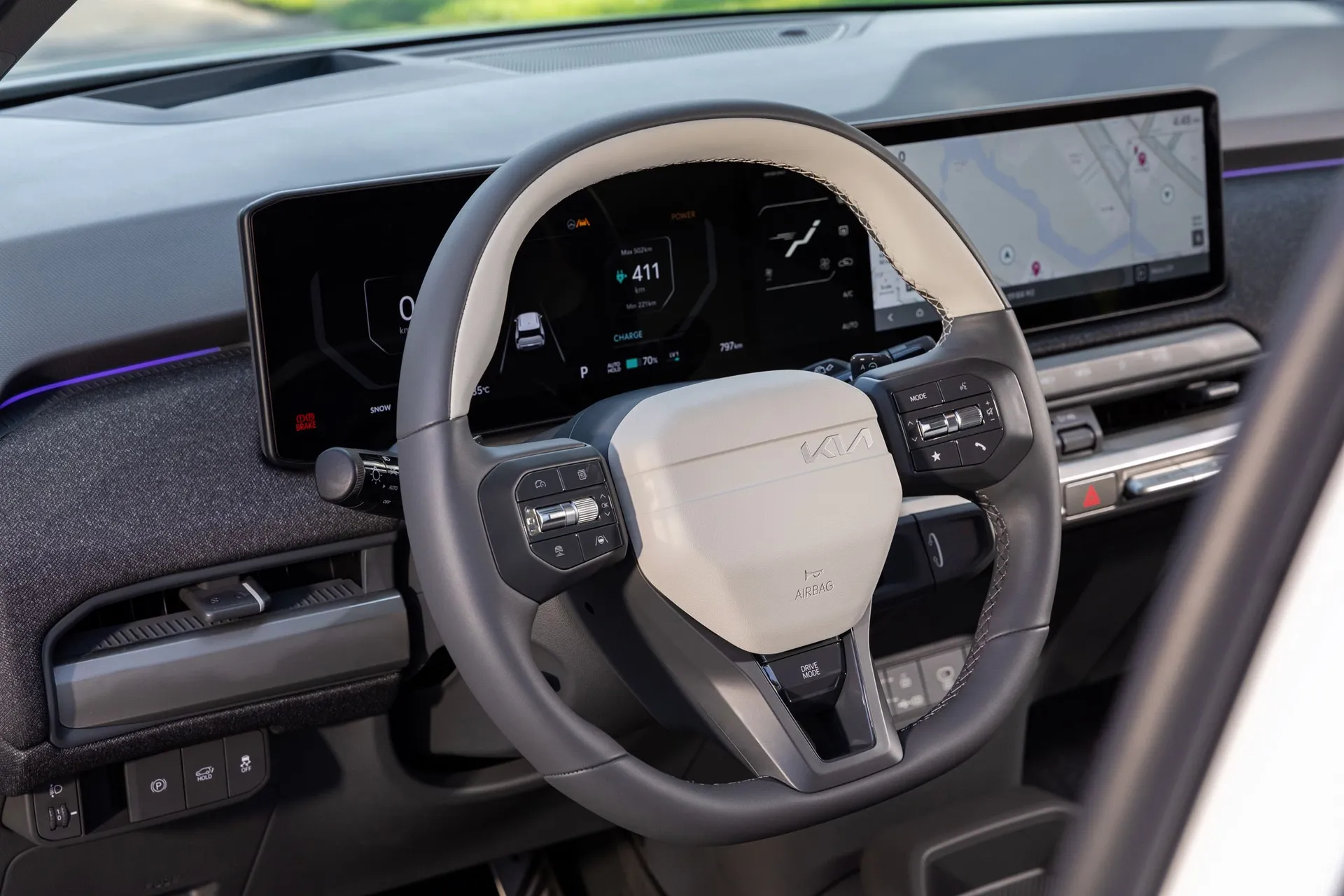
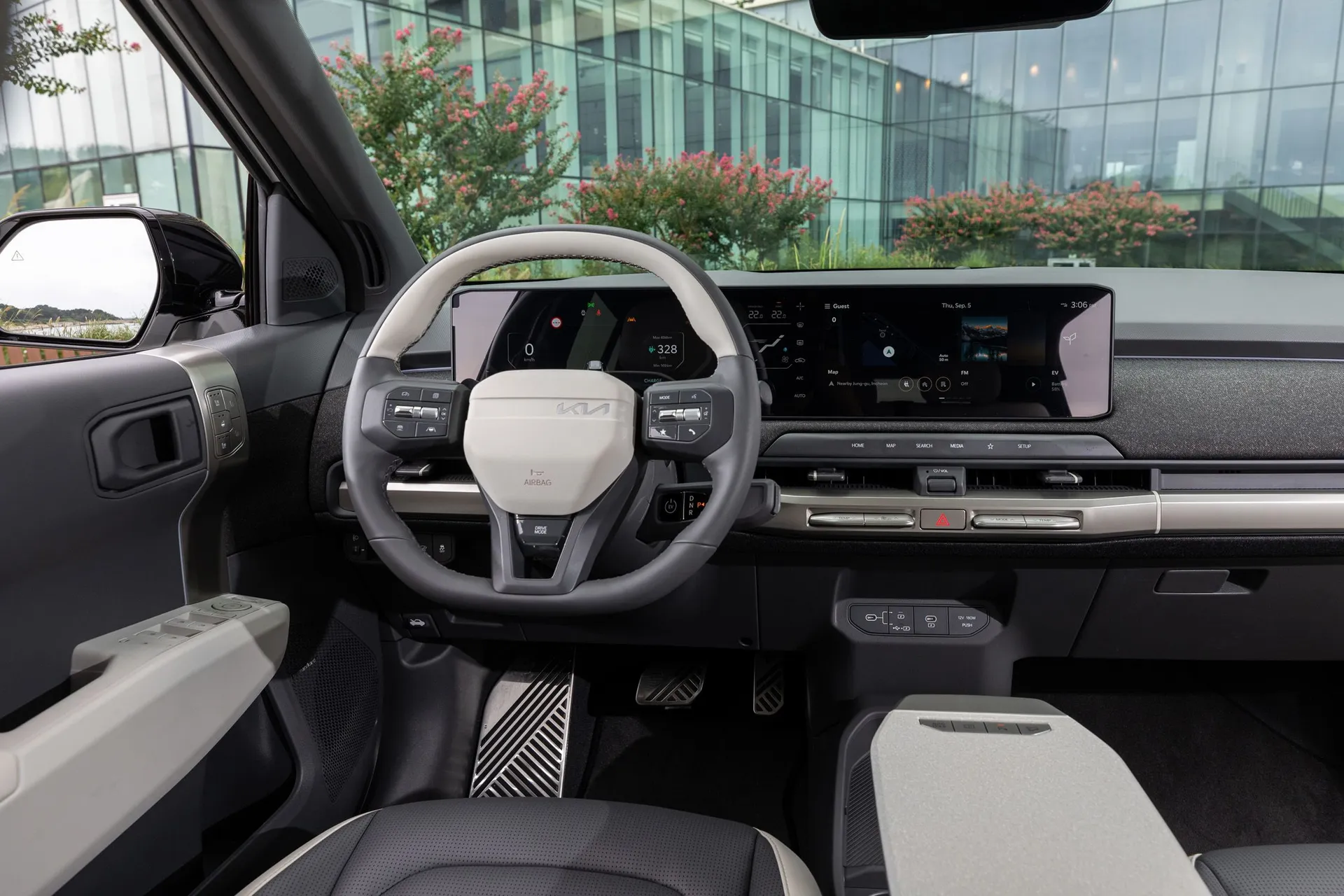

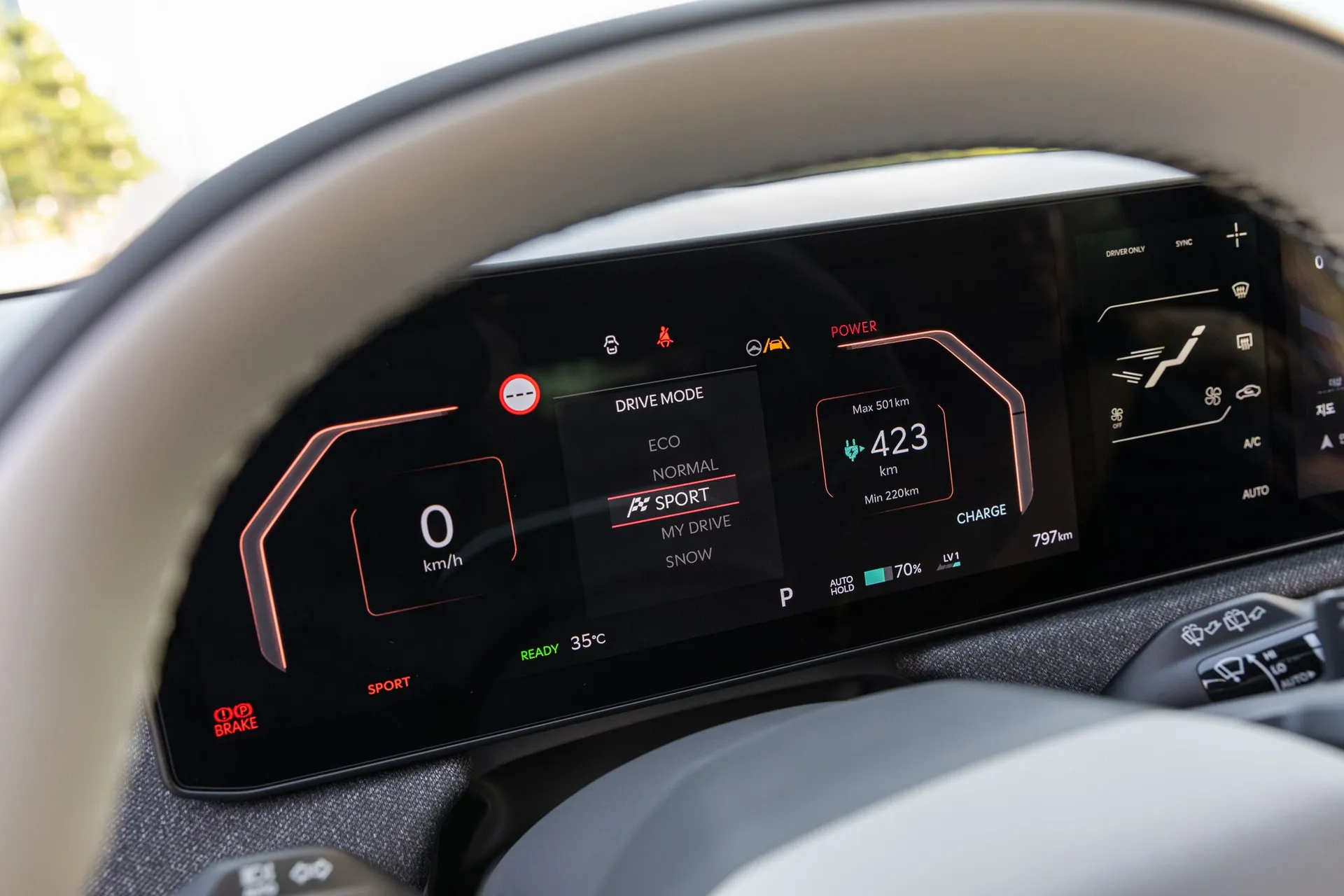


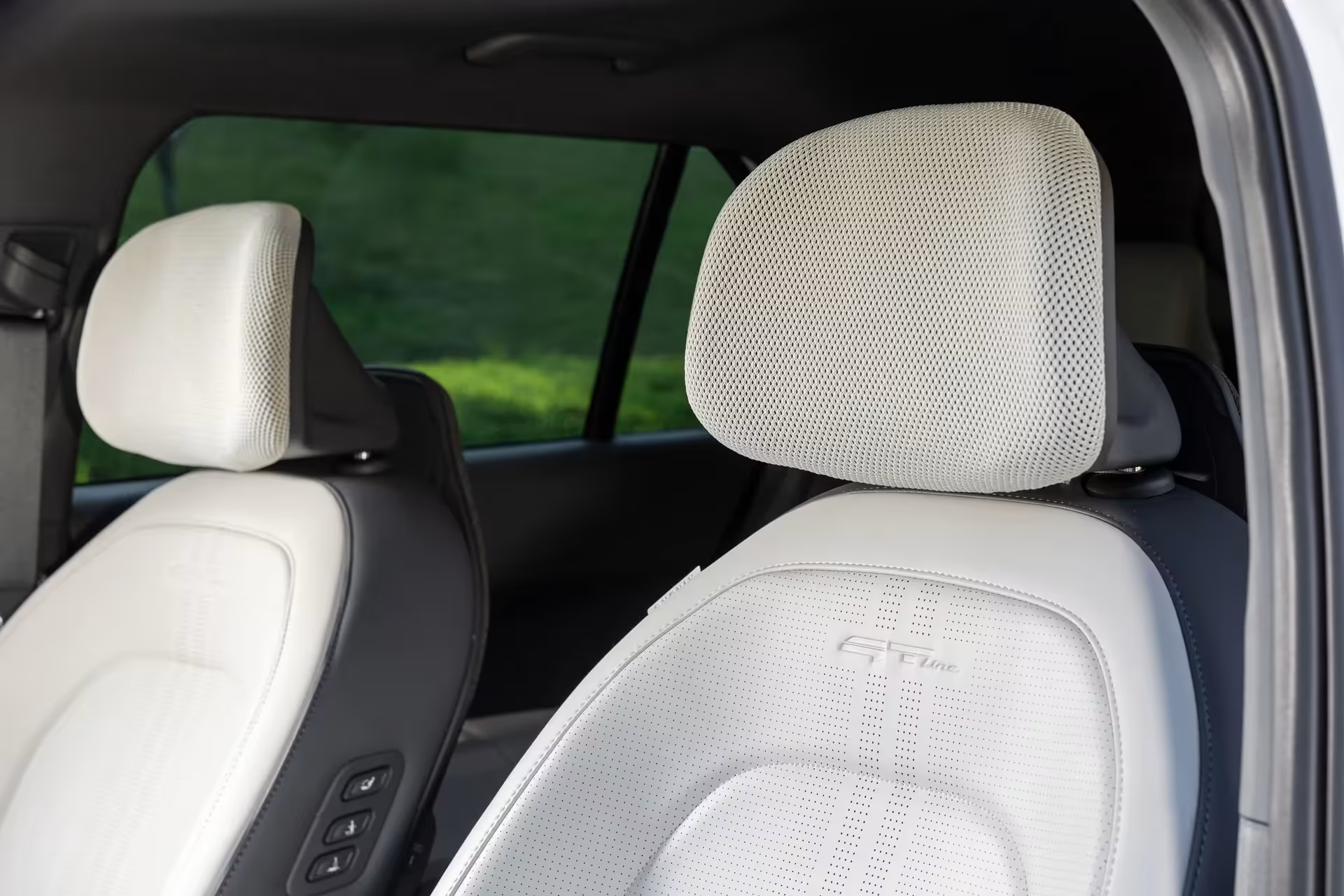
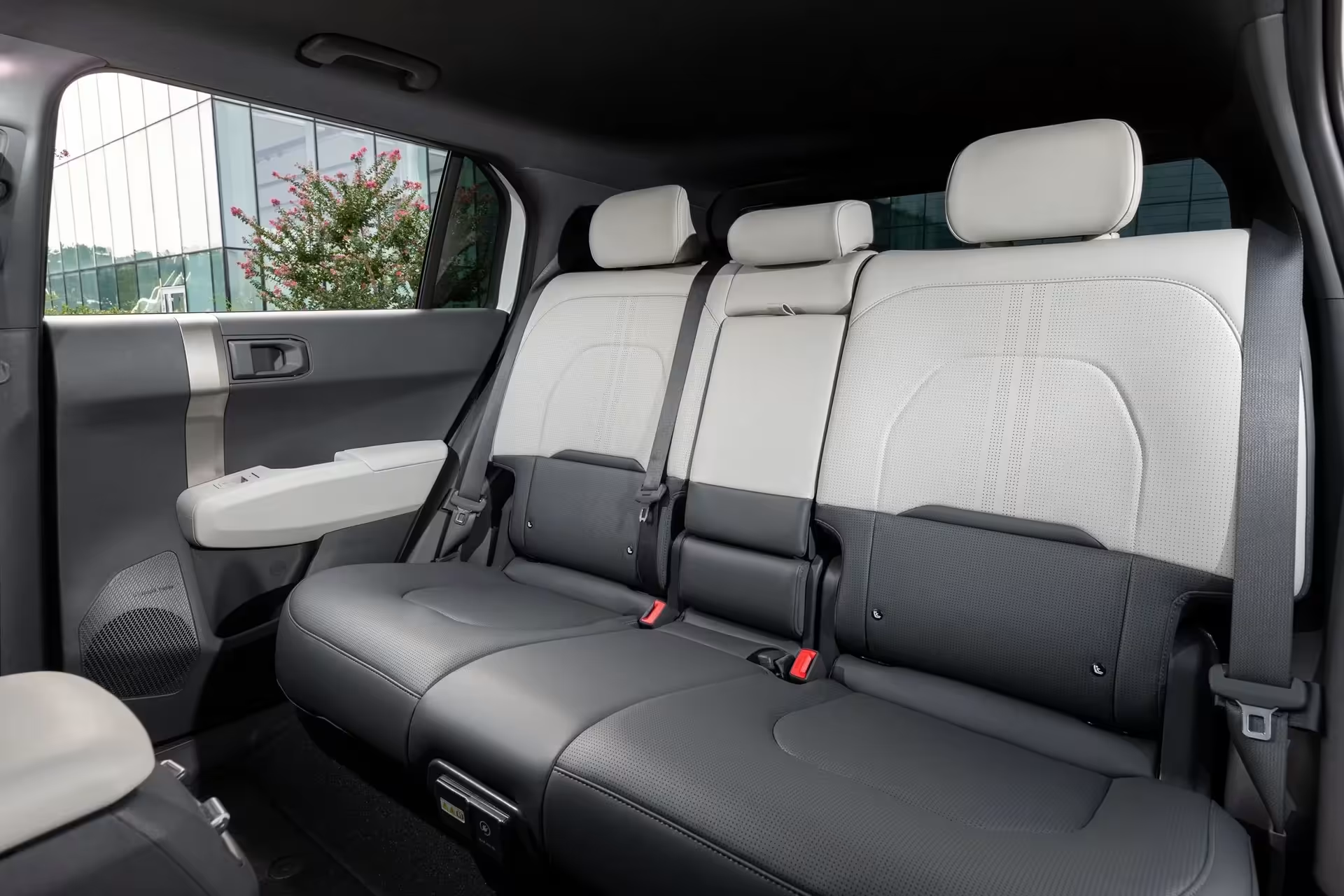
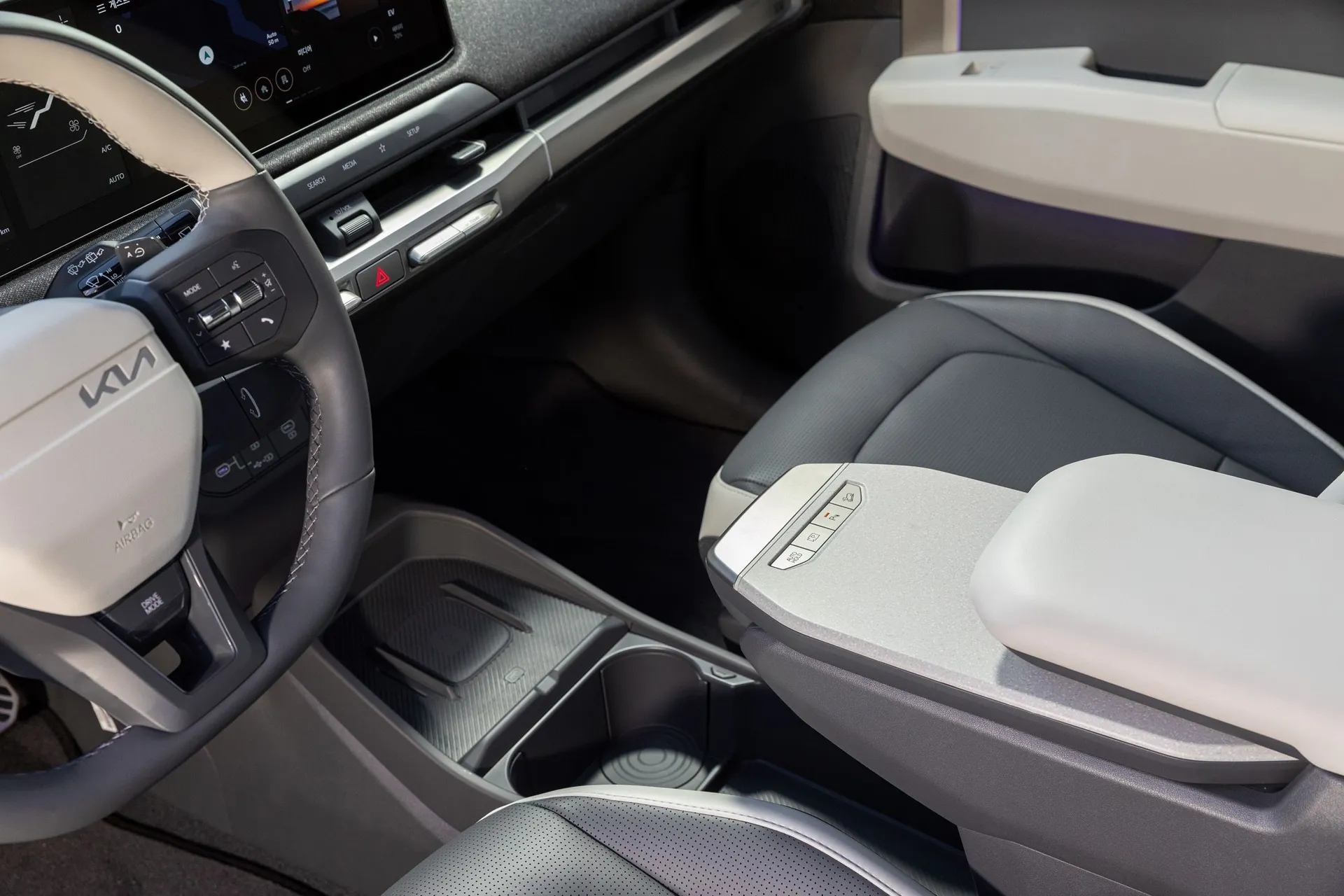
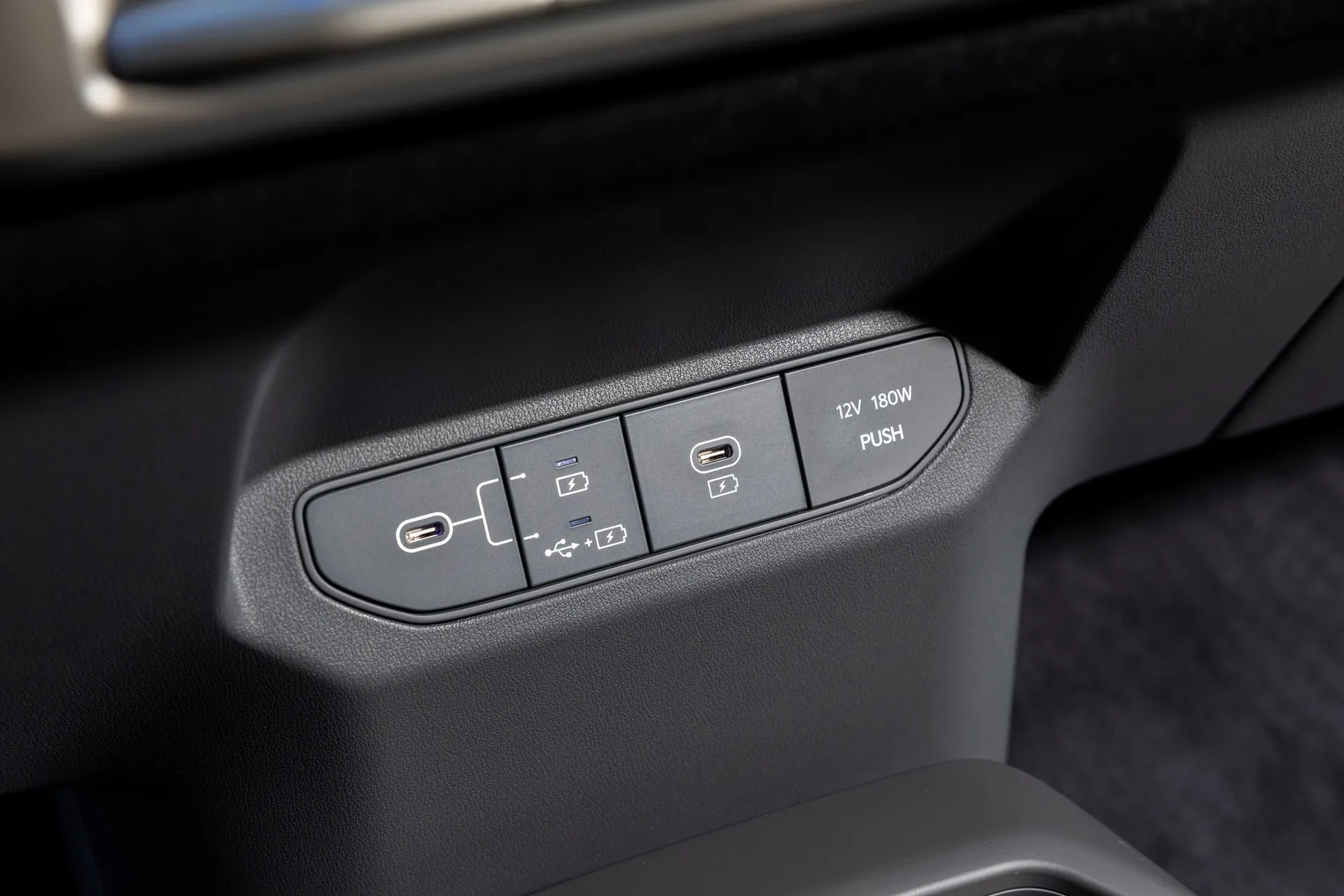
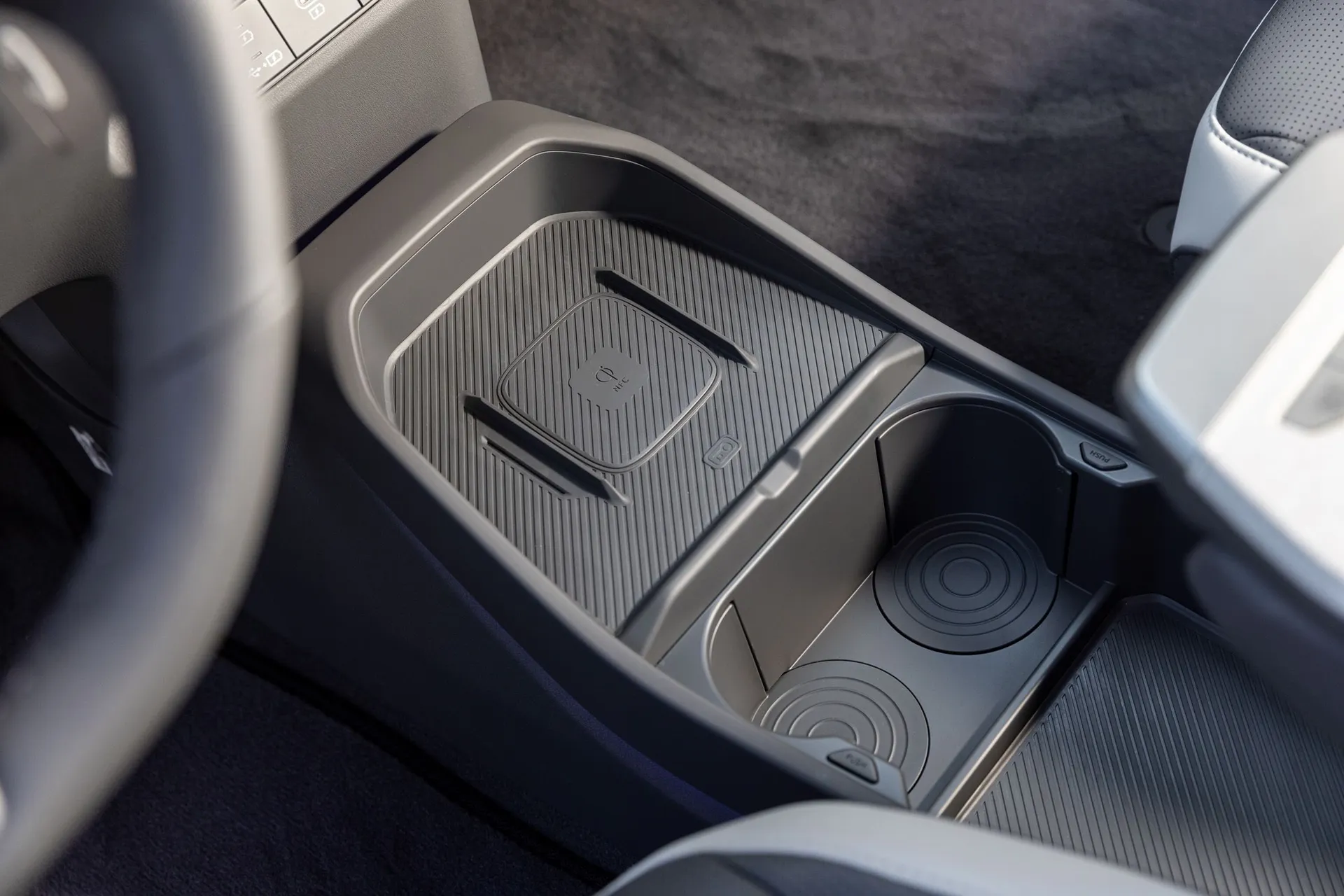
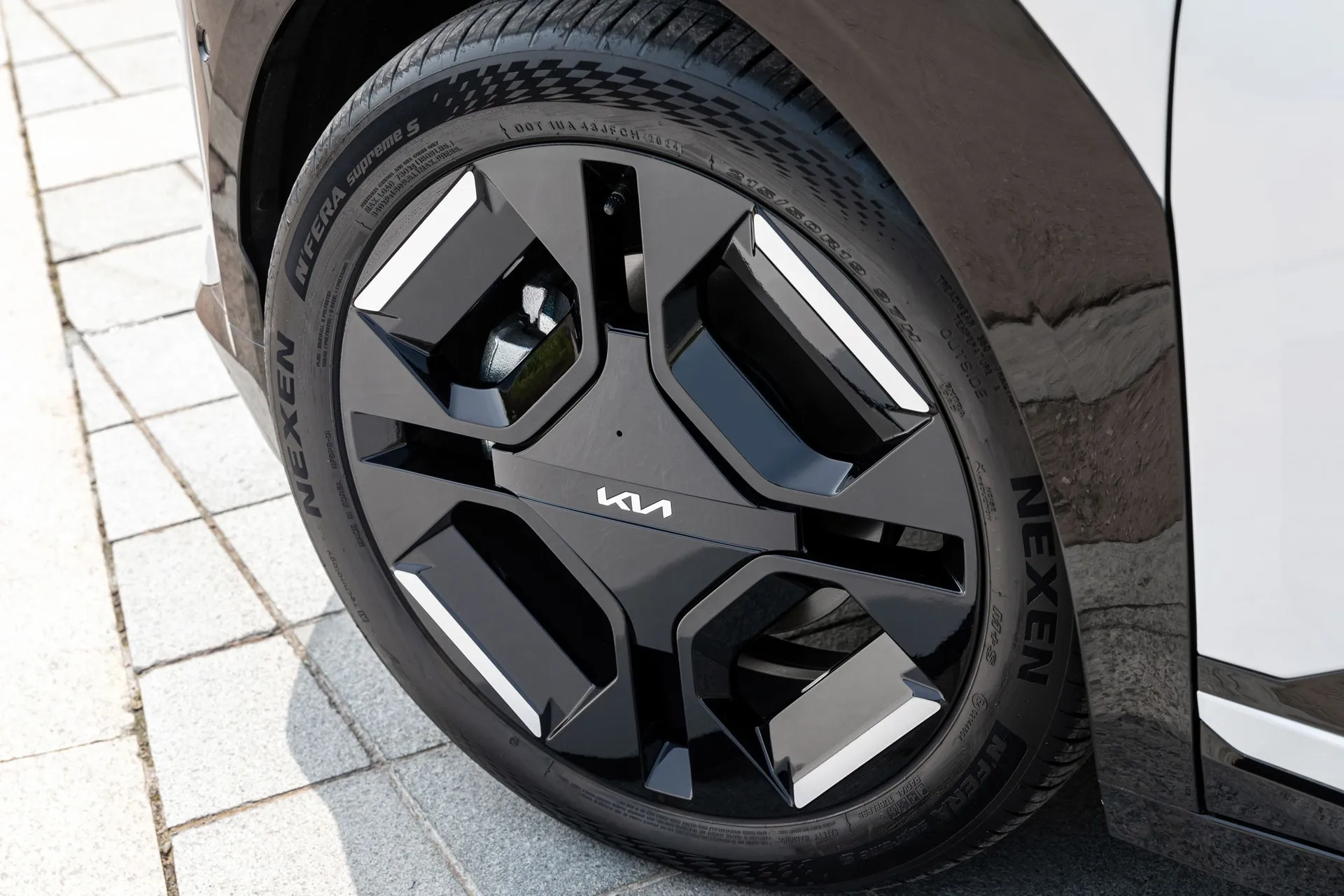
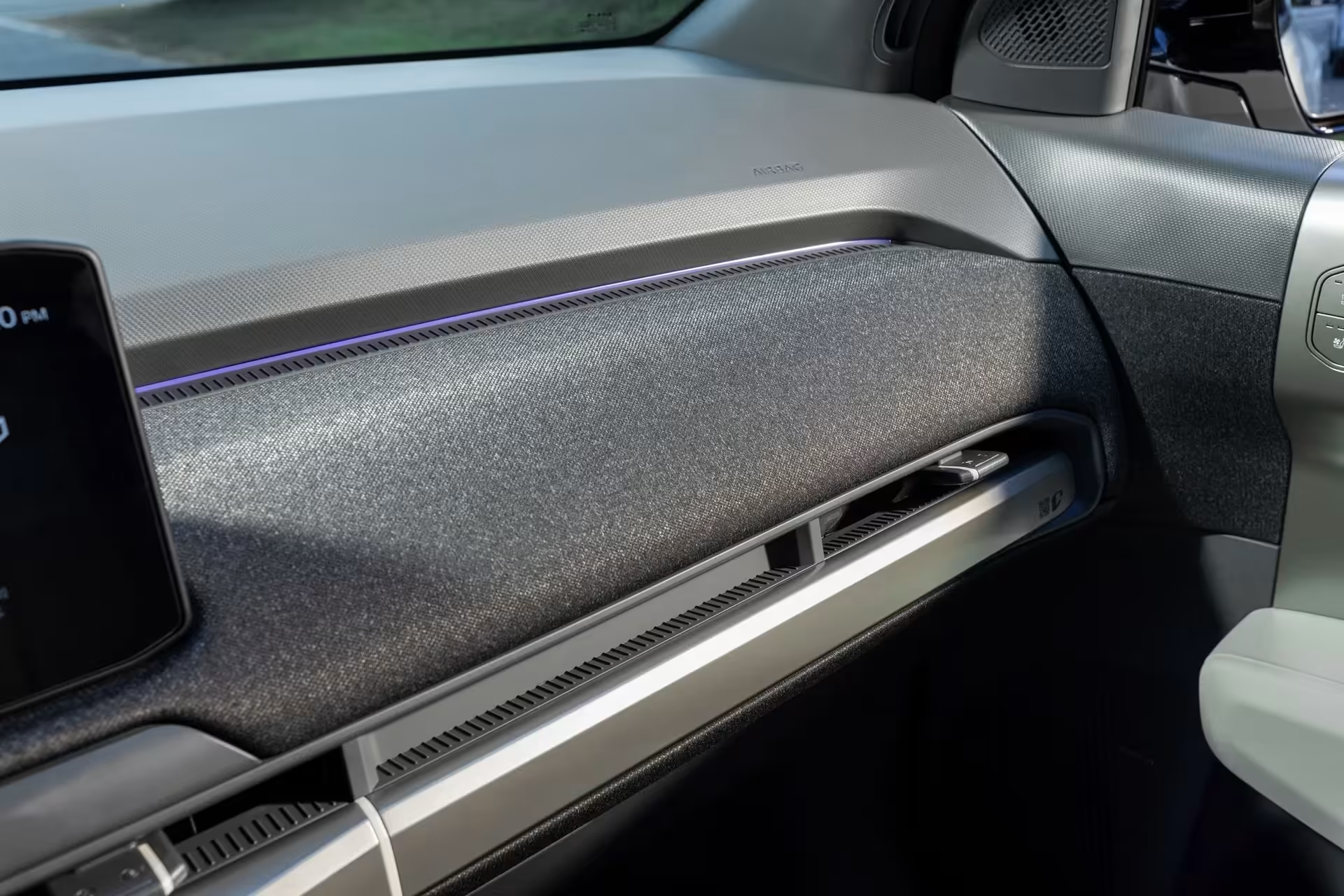
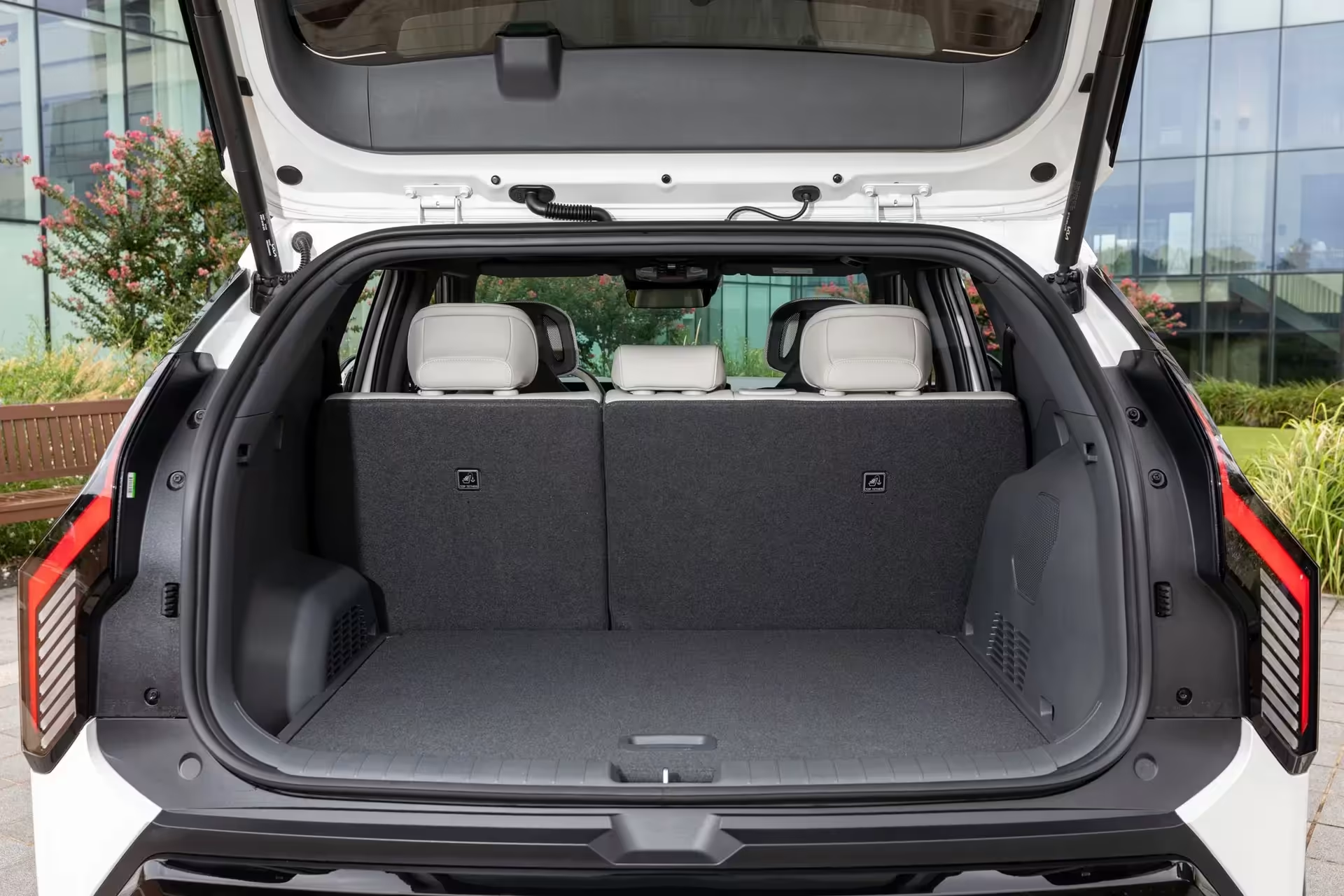
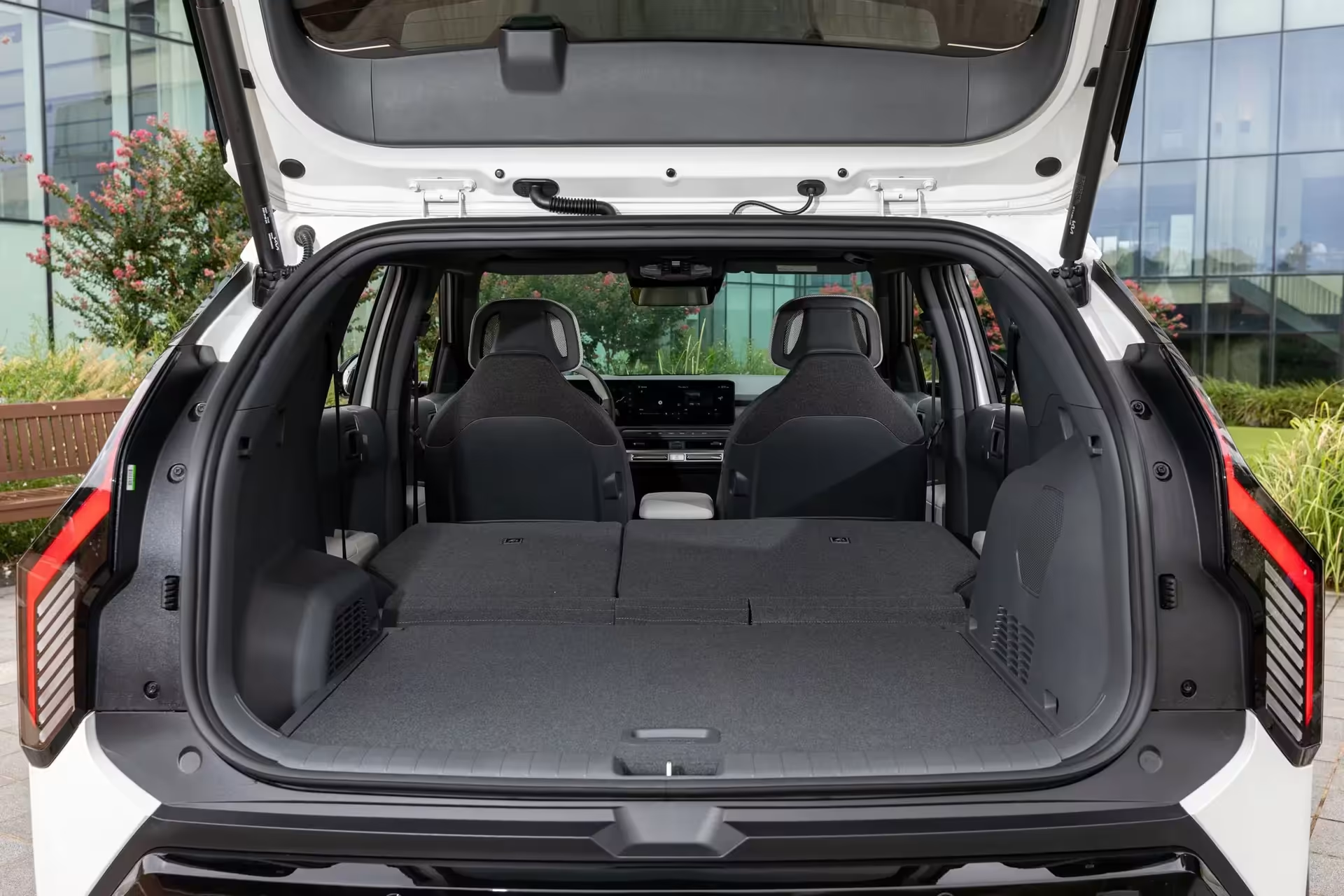


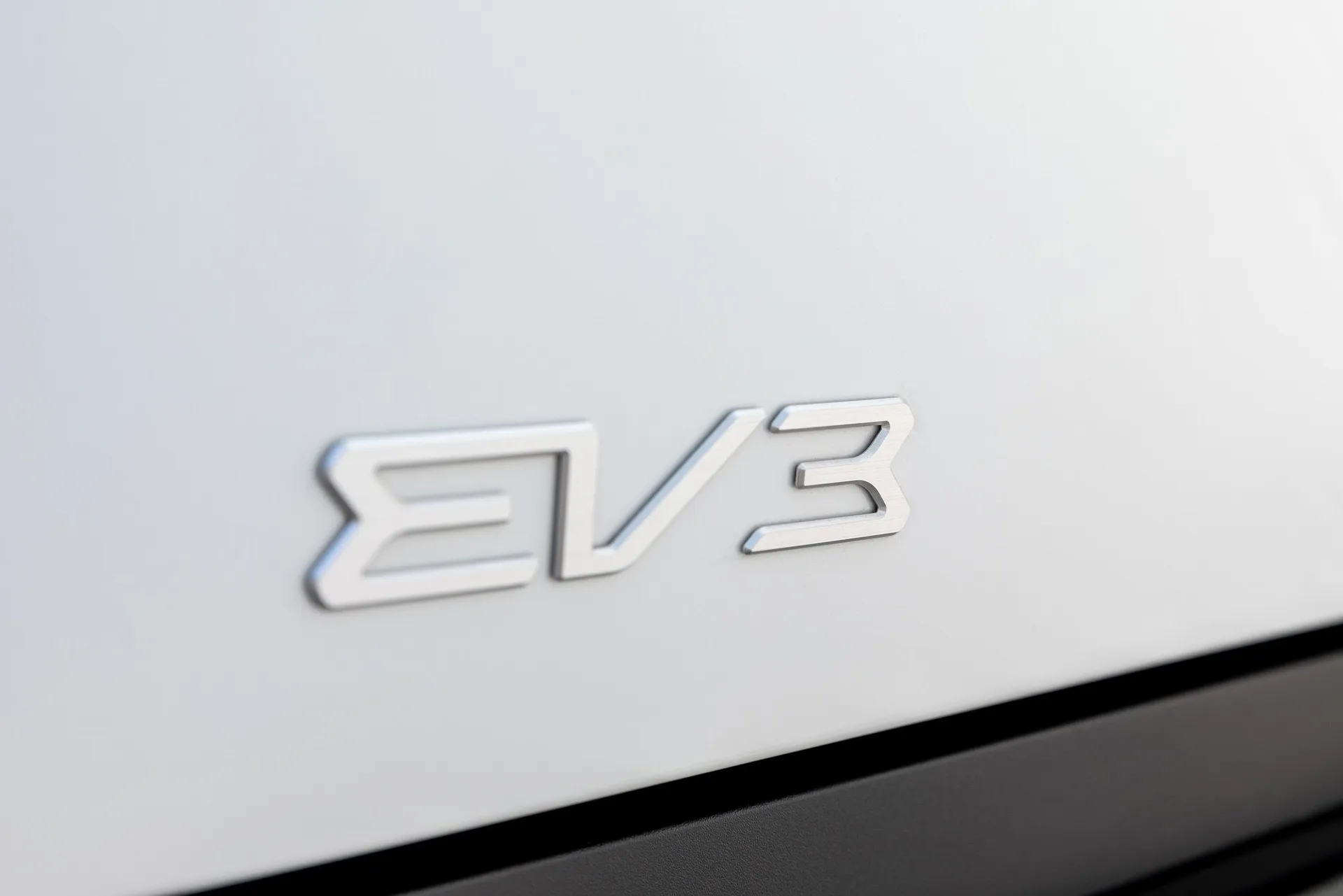
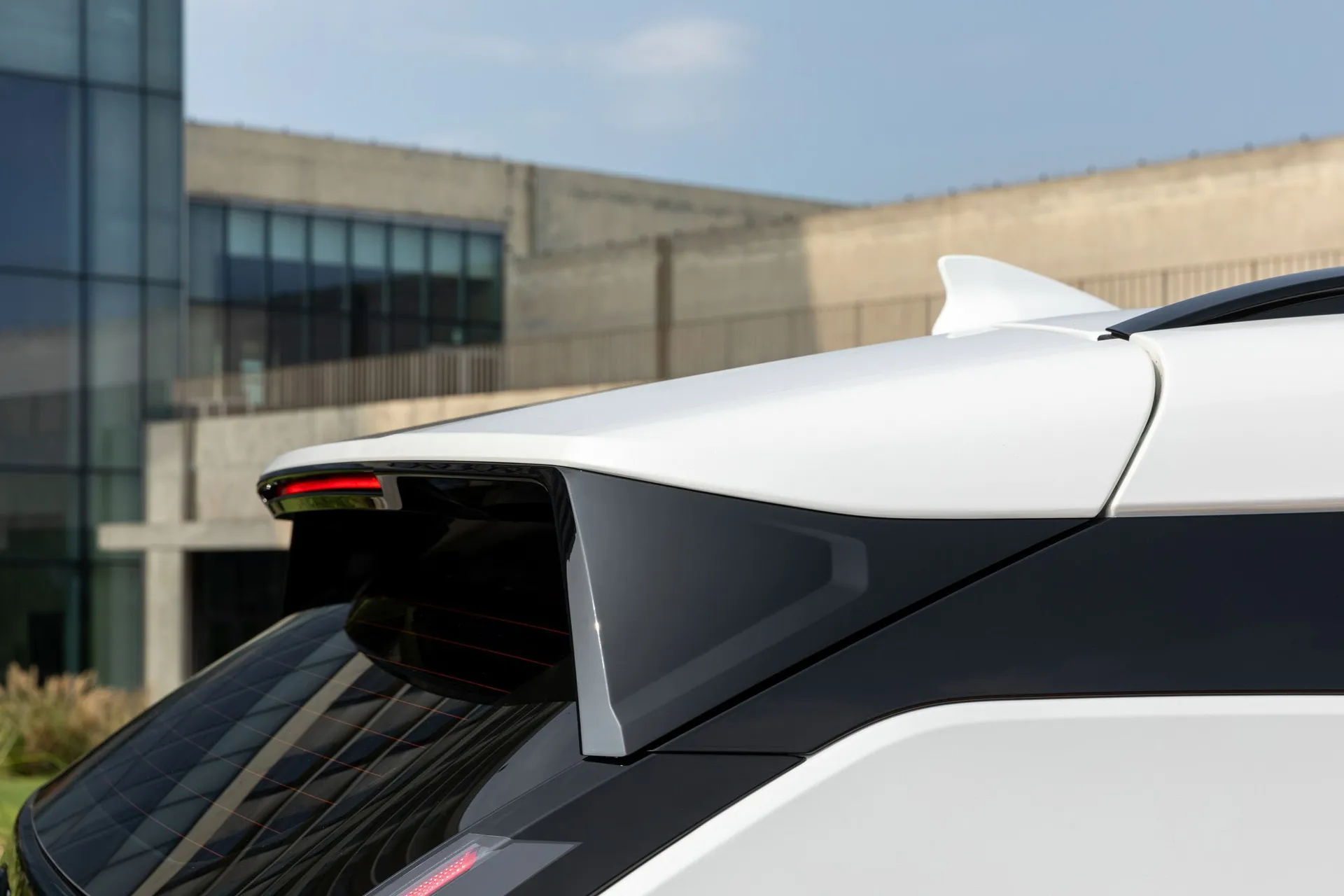
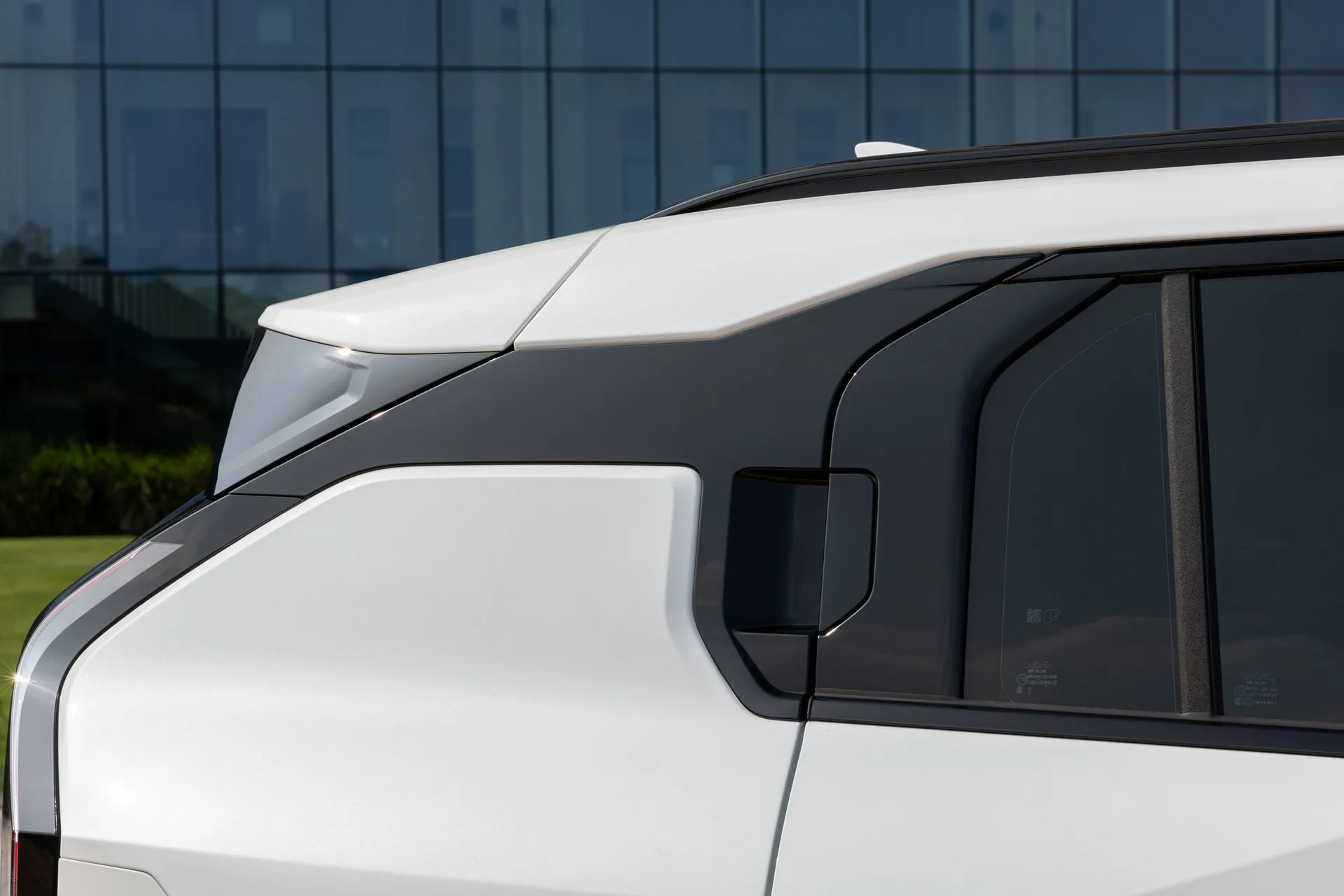
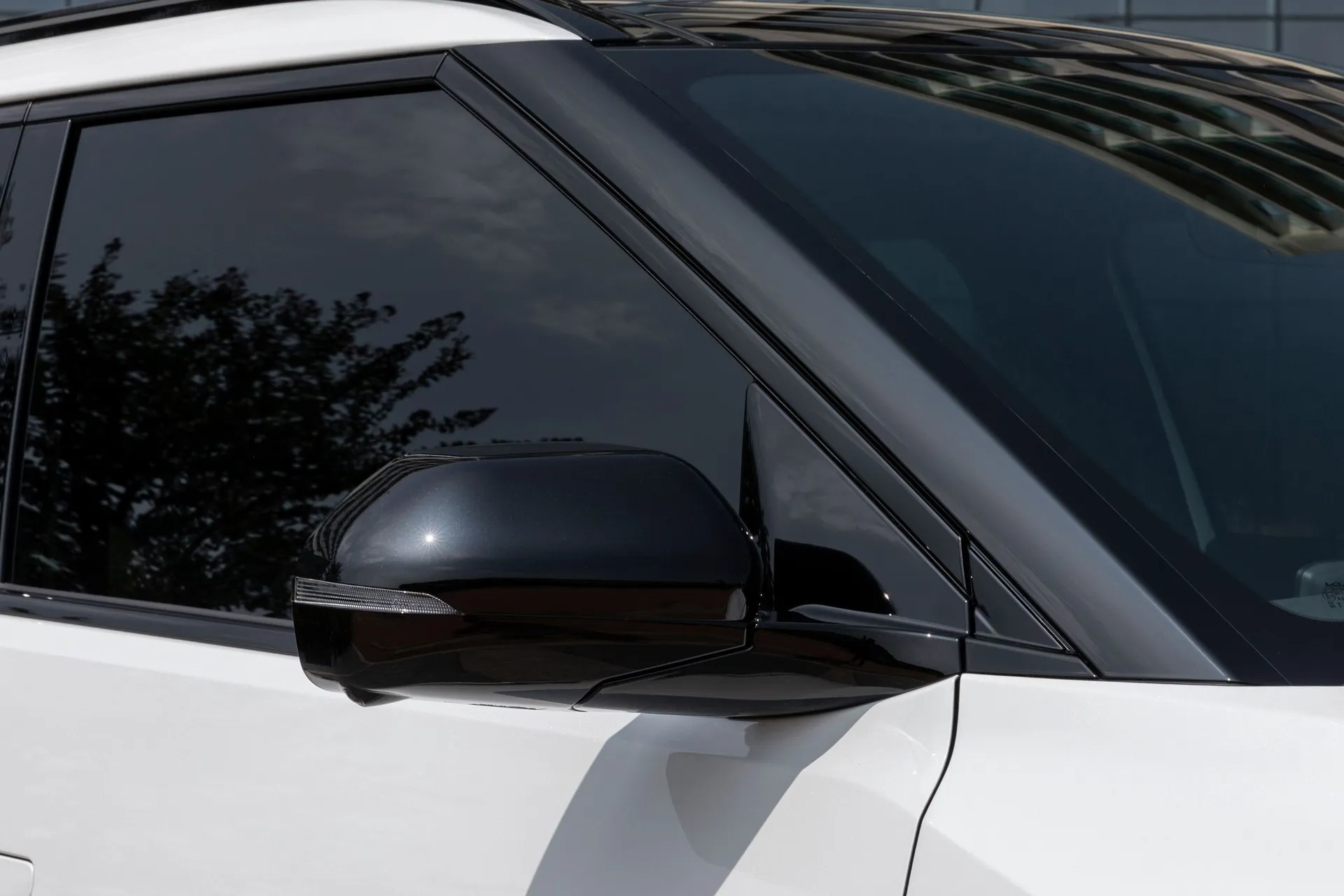
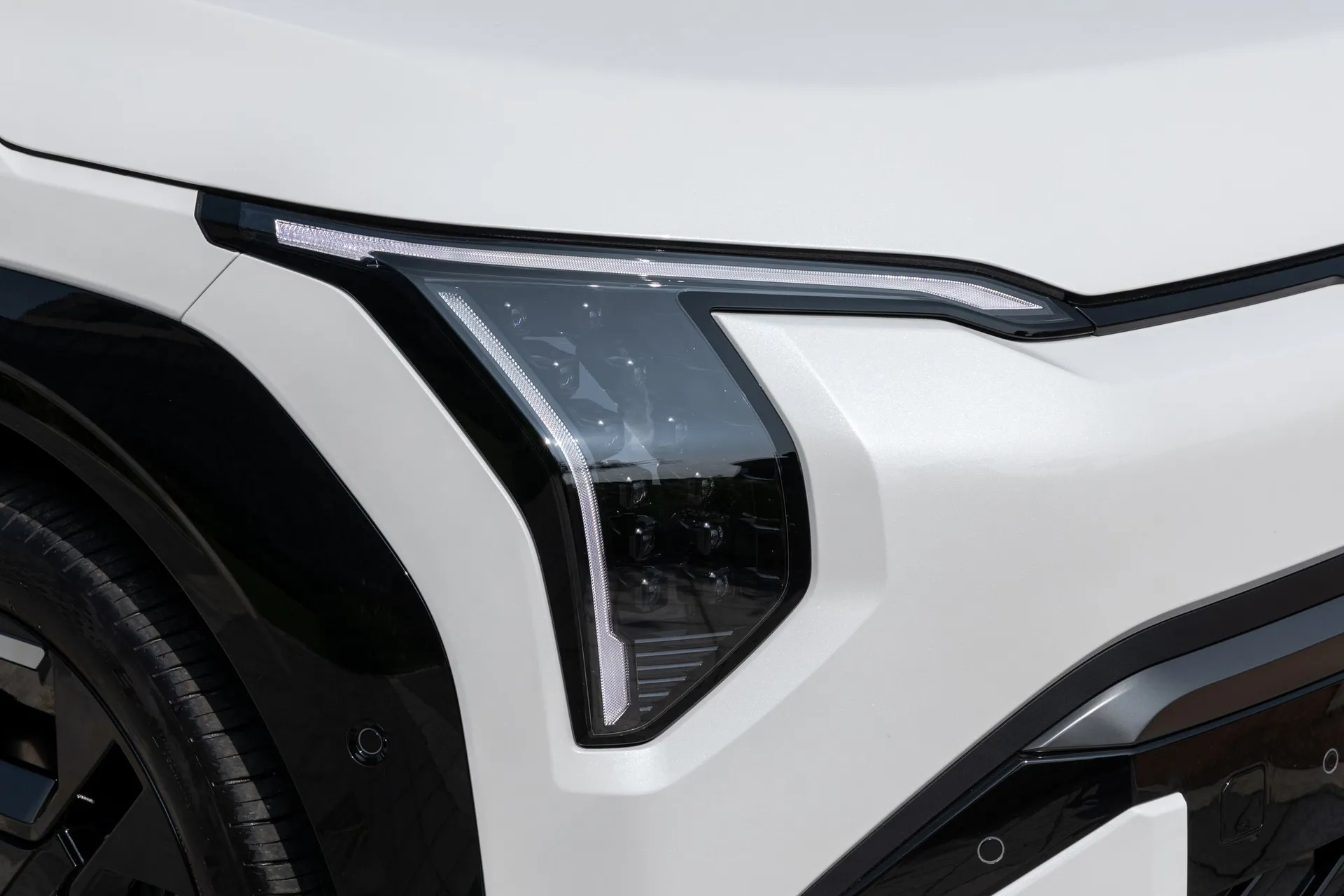
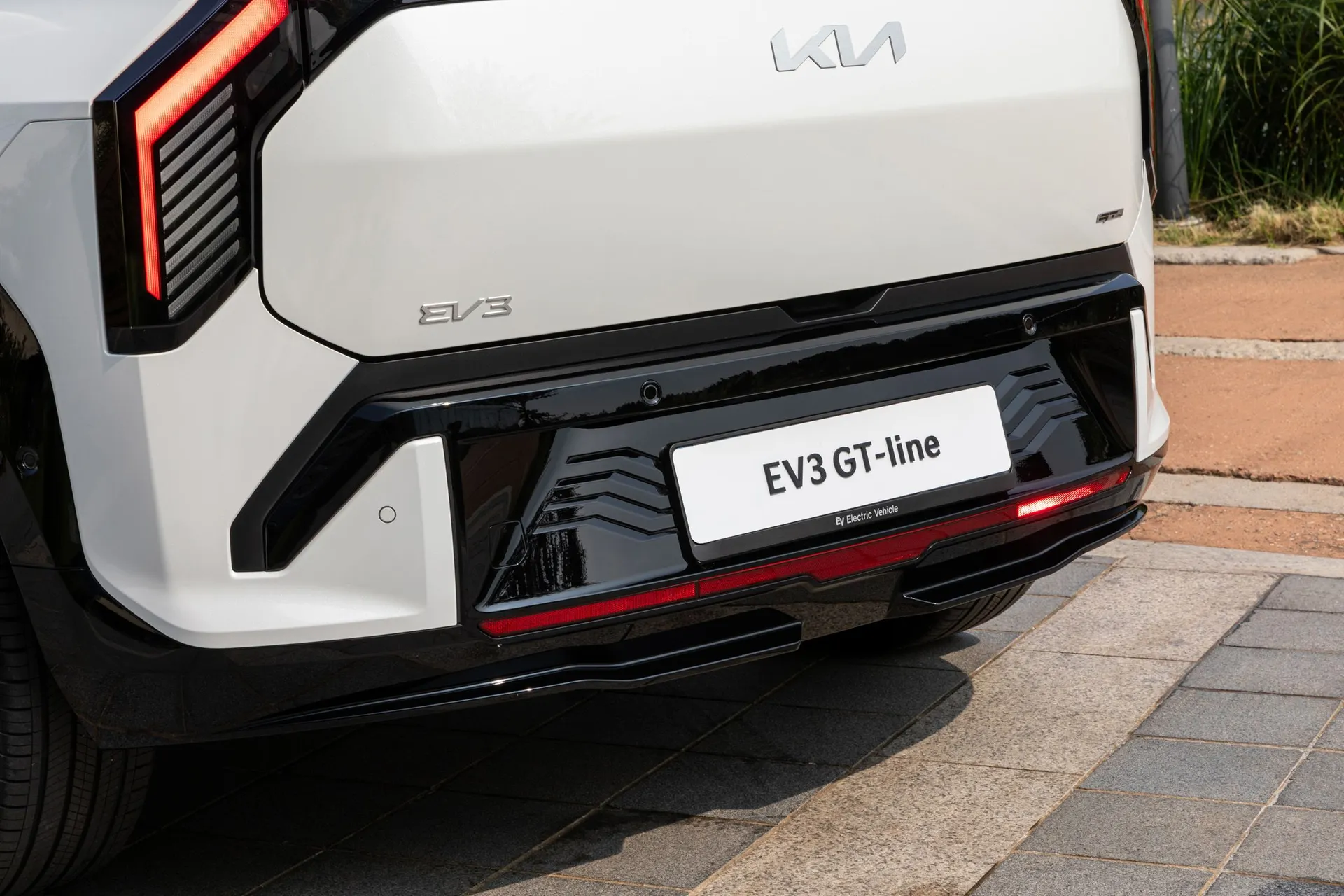
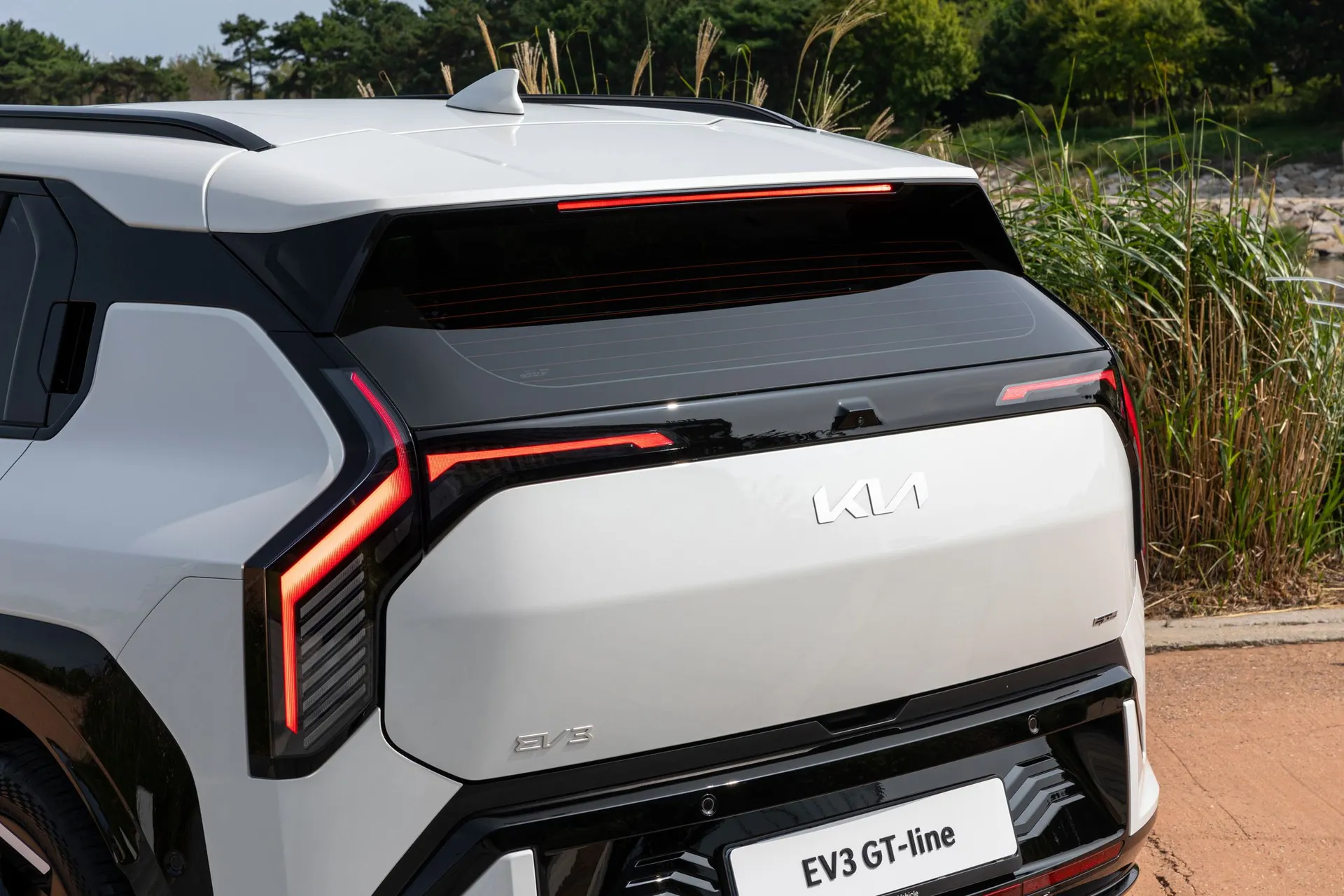
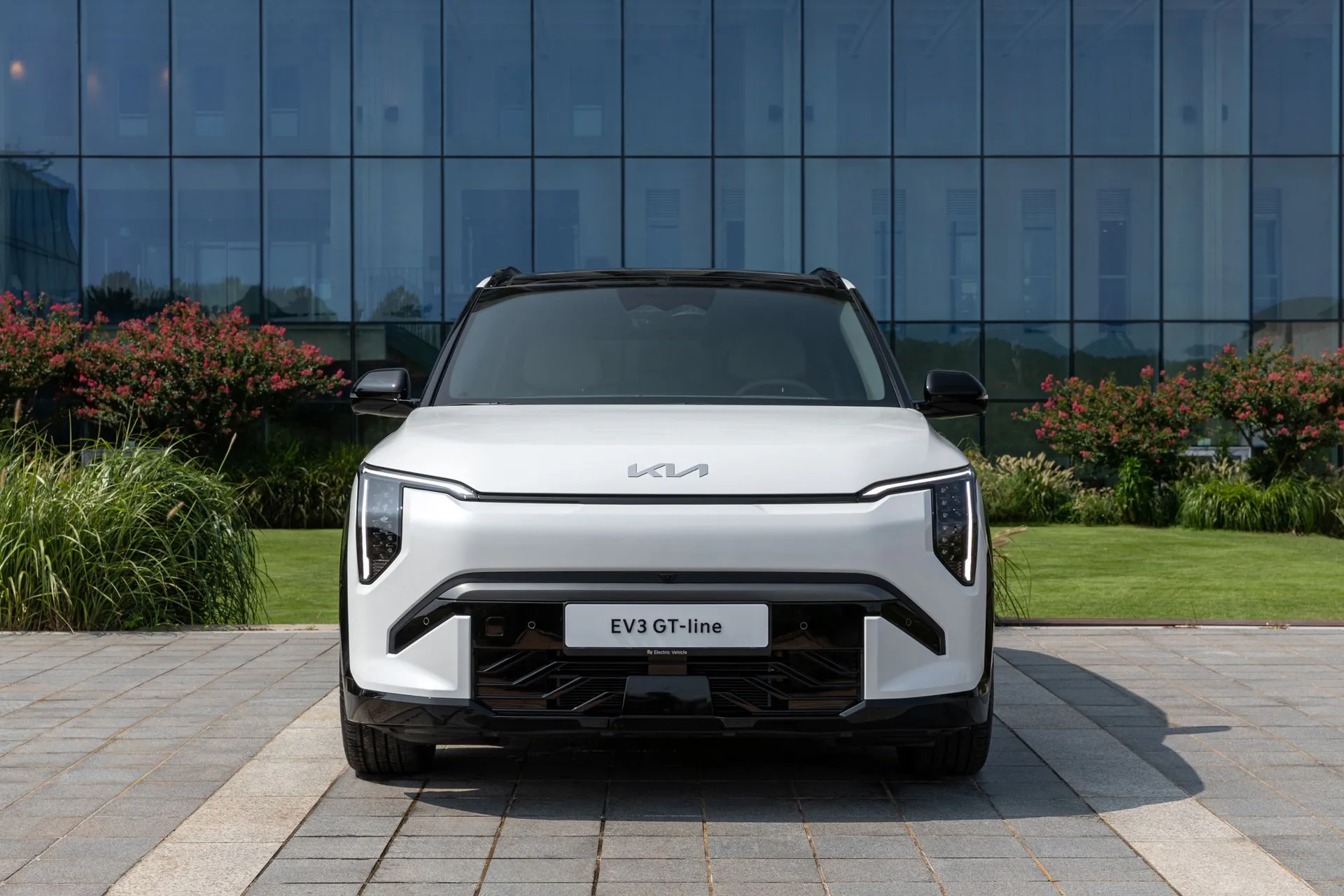
Author: Fabio Isidoro
Fabio Isidoro is the founder and editor-in-chief of Canal Carro, where he has been writing about the automotive world since 2022. Passionate about cars and technology, he began his journey on the HospedandoSites portal and today dedicates himself to creating technical content and comprehensive analyses of national and international vehicles. 📩 Contact: contato@canalcarro.net.br

